In the artist’s book My sweet little lamb, Mladen Stilinović deals with the relationship between language and reality and the resulting identity constellations. In doing so, he makes reference to Ludwig Wittgenstein’s “language-games,” where the simple use of linguistic elements is always intertwined with actions to gauge their actual meaning. The artist employs quotations from Wittgenstein’s “Tractatus Logico-Philosophicus” such as: “Everything we see could also be otherwise,” “Objects I can only name,” and “The limits of my language mean the limits of my world.” These sentences also relate to objects and actions that the artist witnessed on the street, such as a delivery van for meat with the image of a piglet printed on the outside and the accompanying slogan “My sweet little lamb.” Stilinović thereby questions the reality of what one sees in combination with its textual denotation in the sense of a “language-game.” This particular work refers to different religions and their eating customs in its specific naming of food.
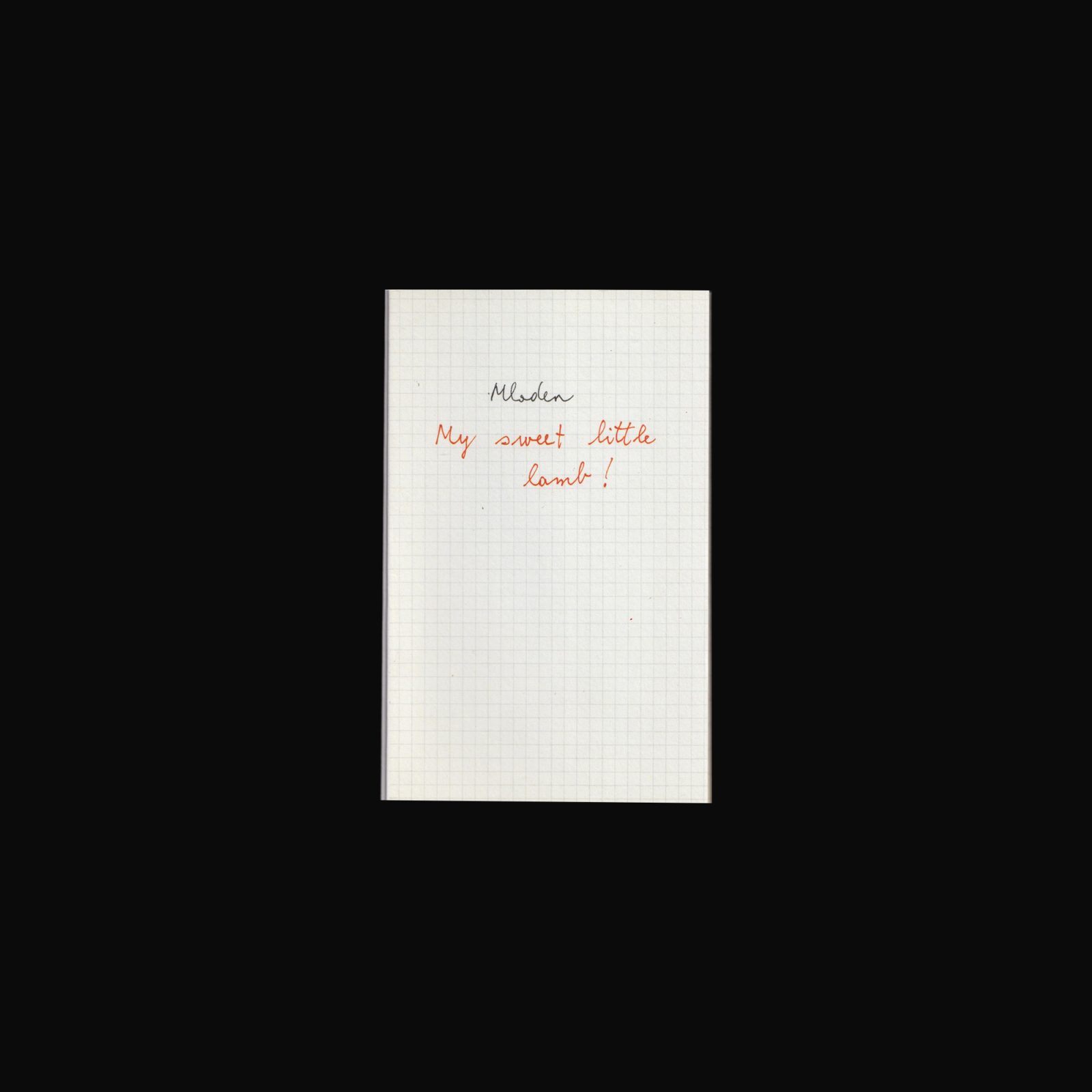
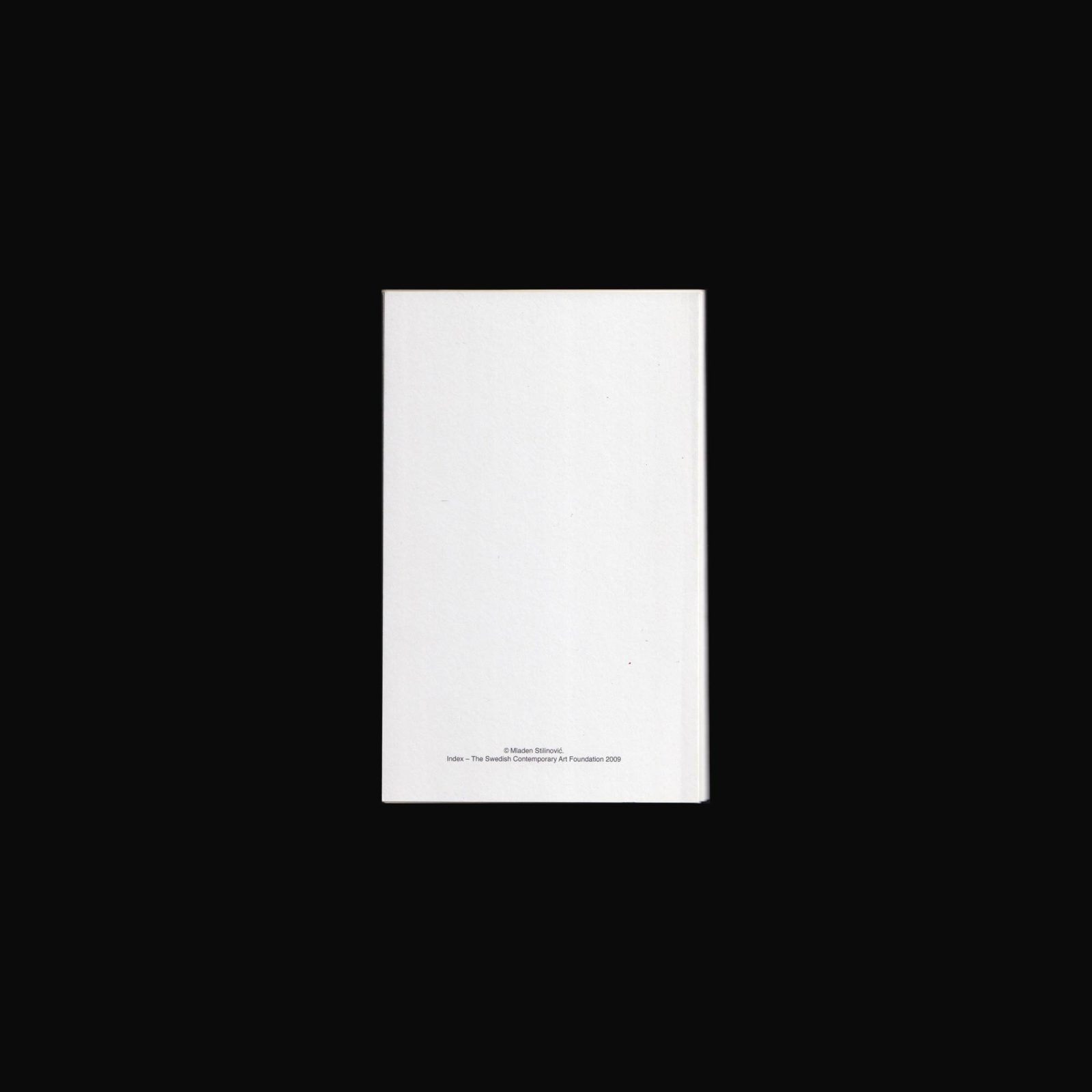
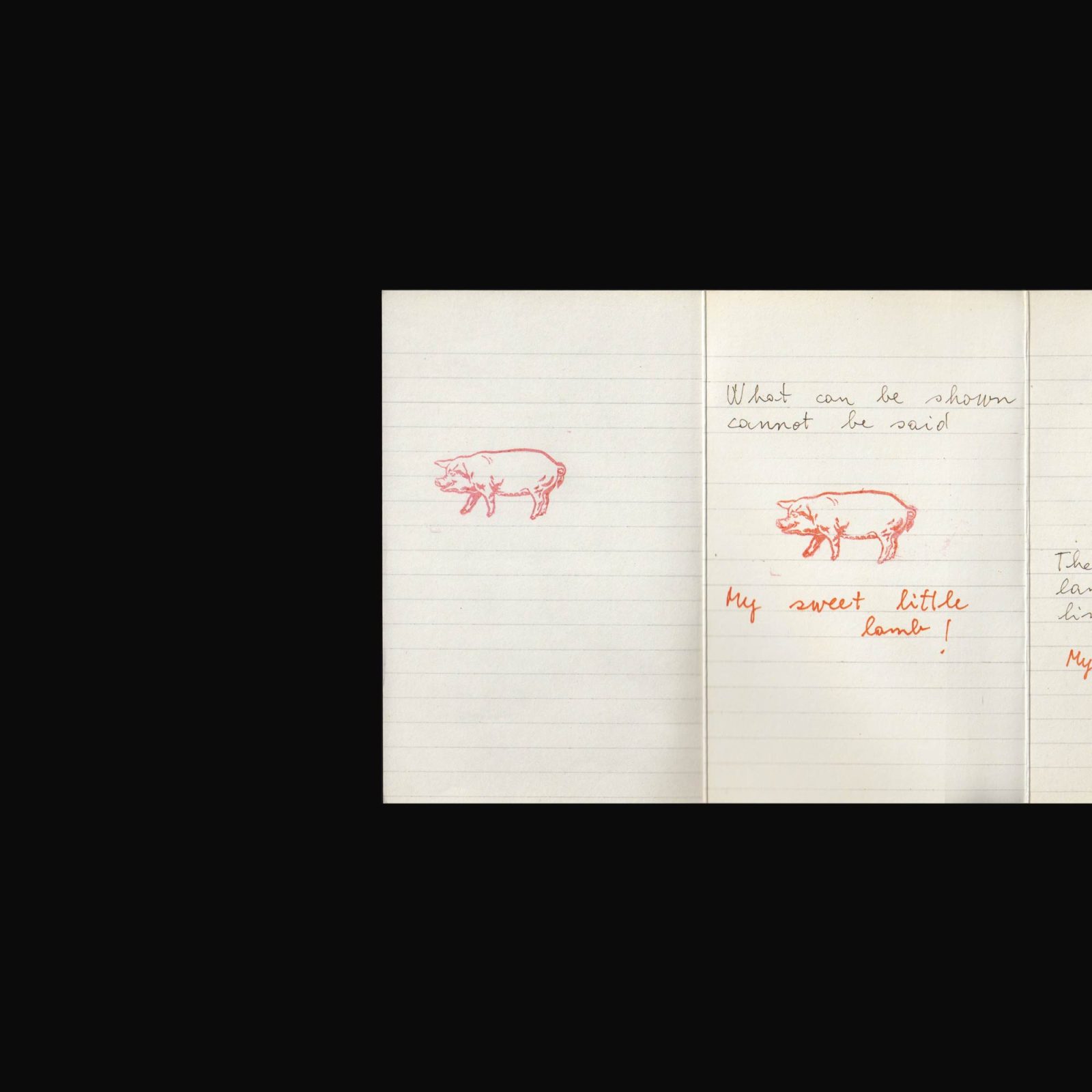
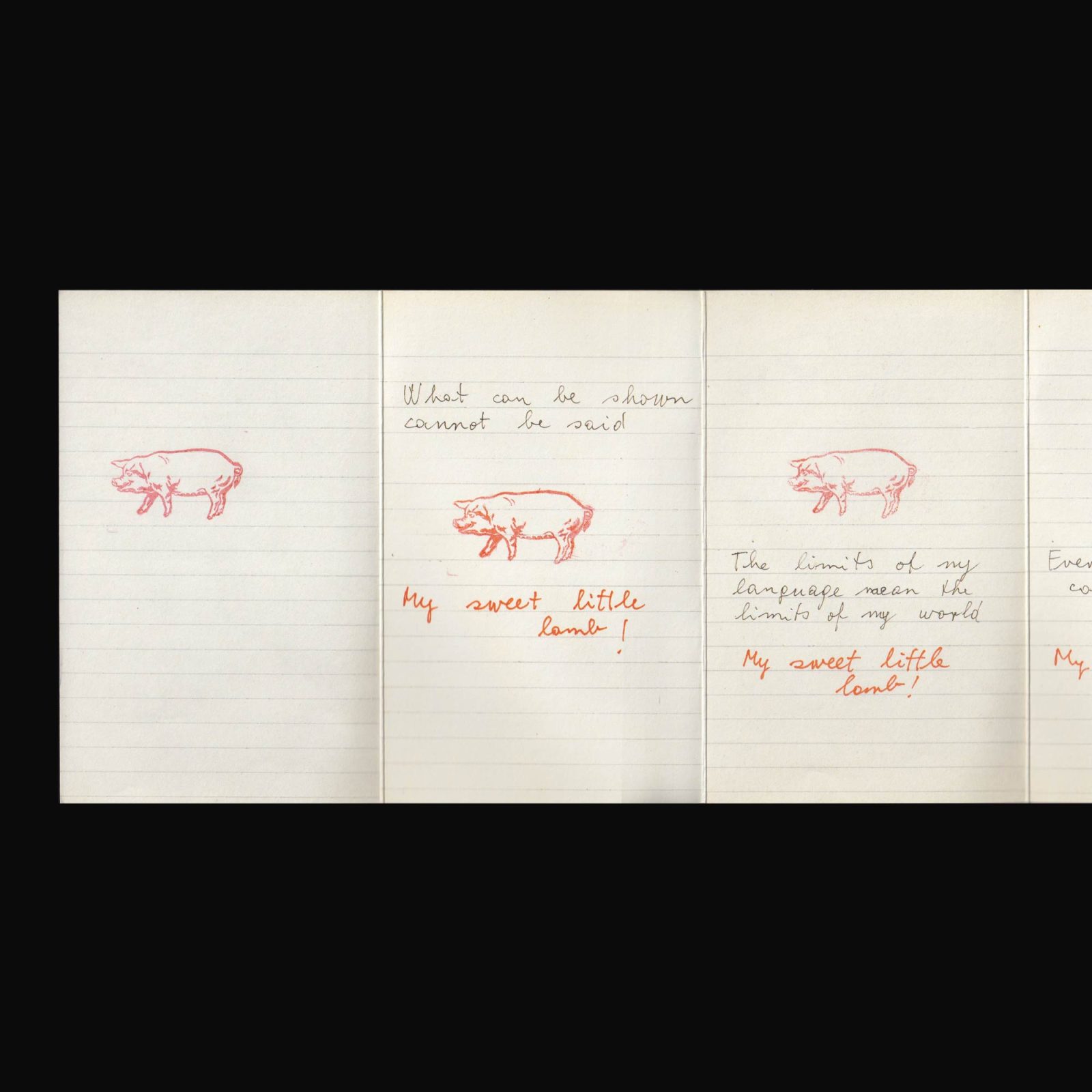
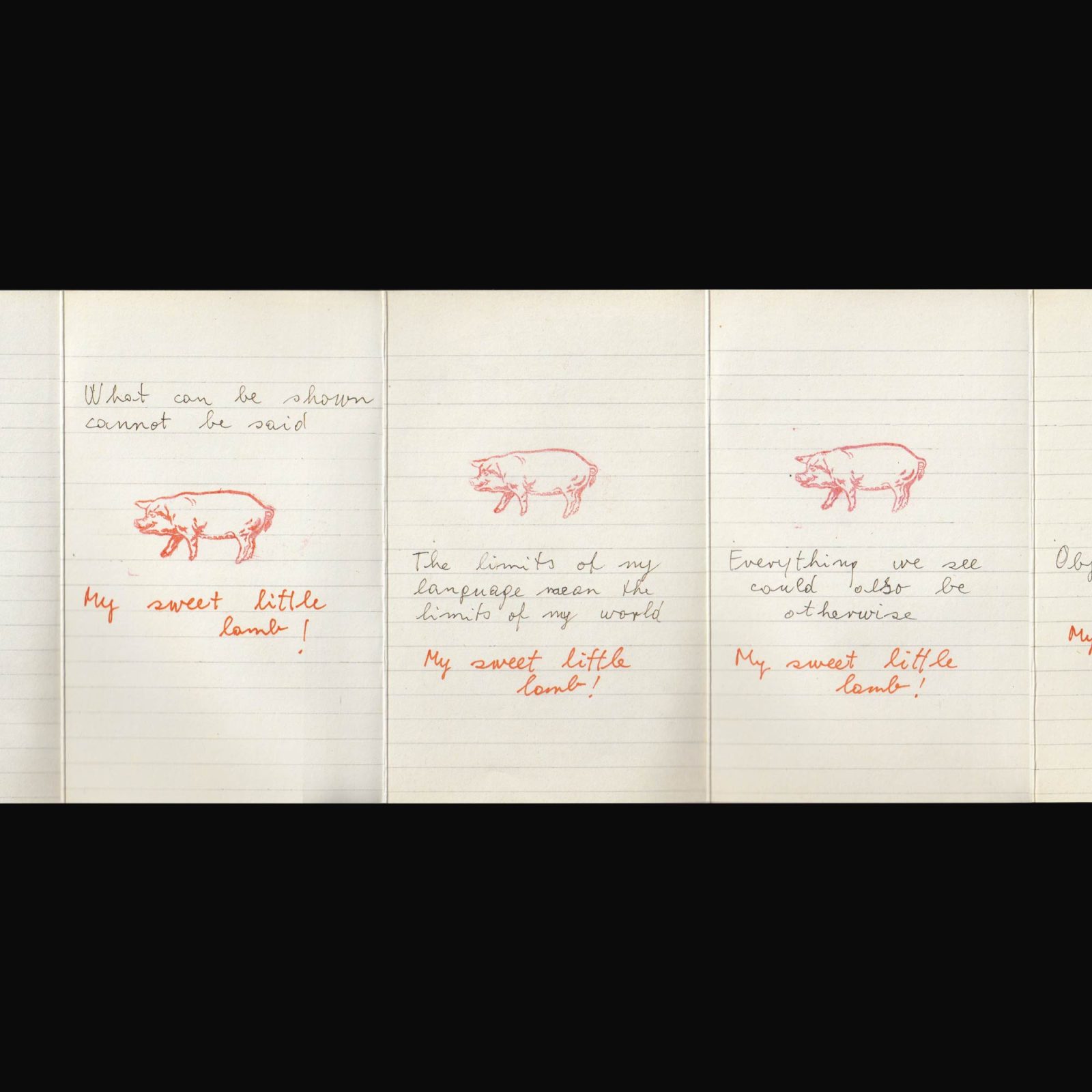
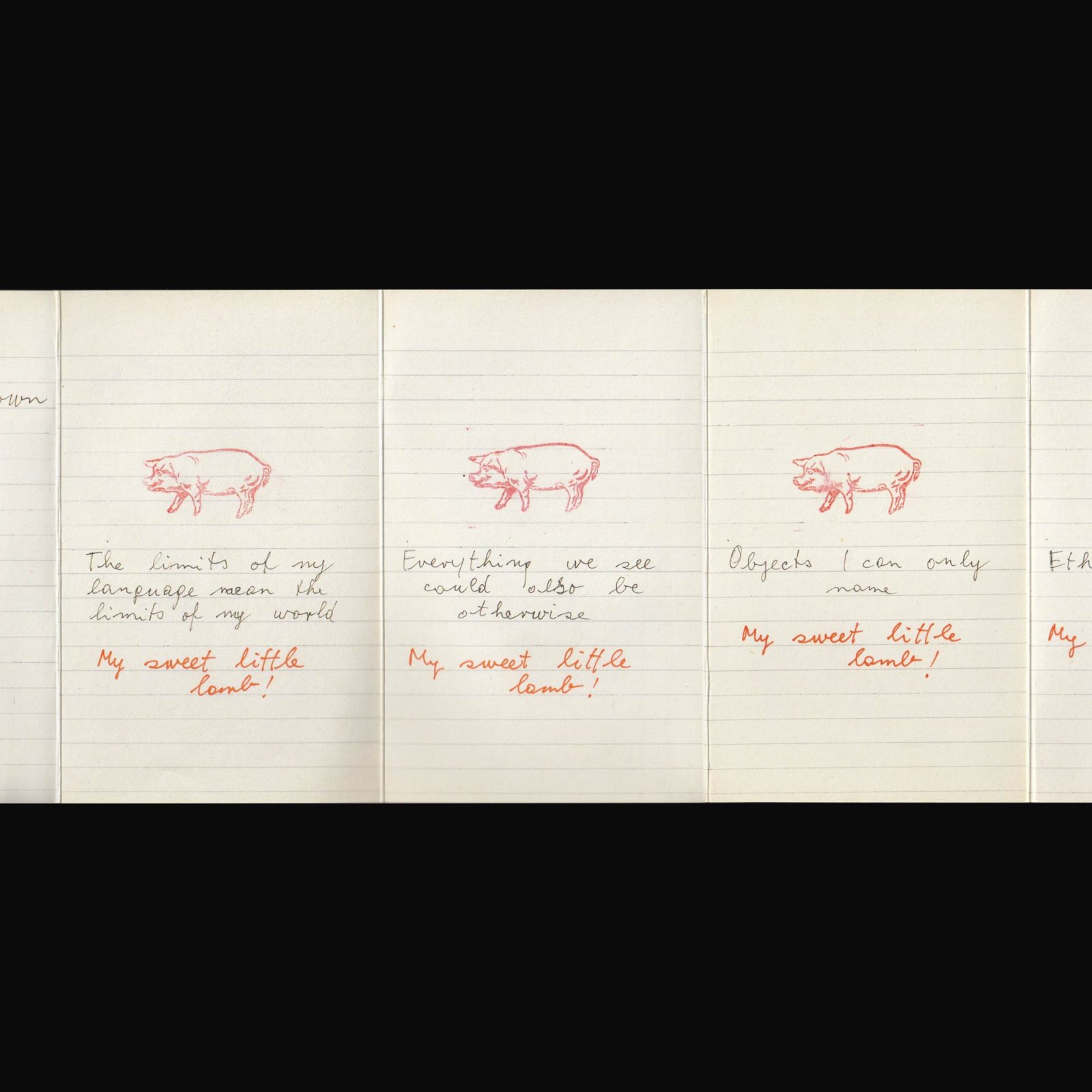
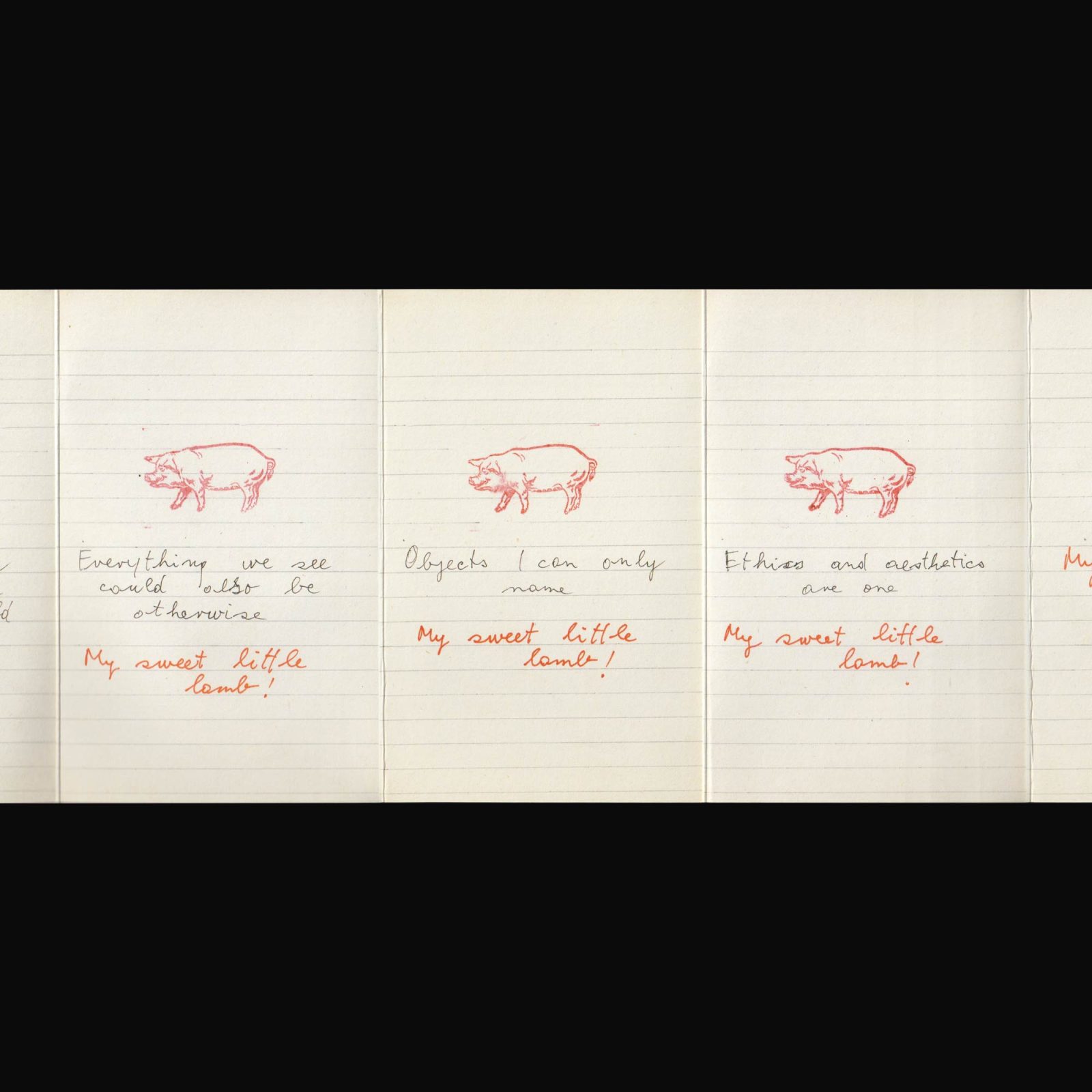
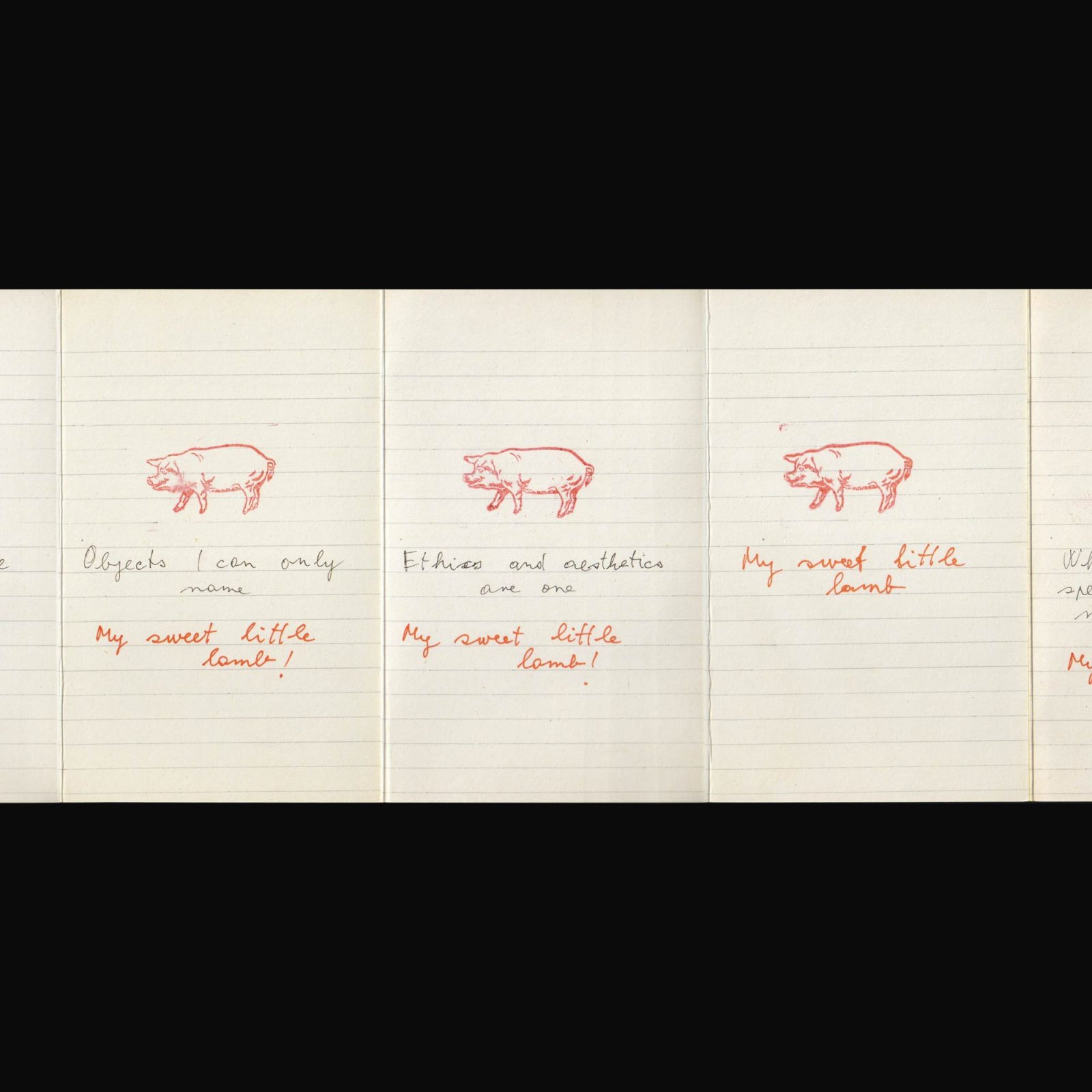
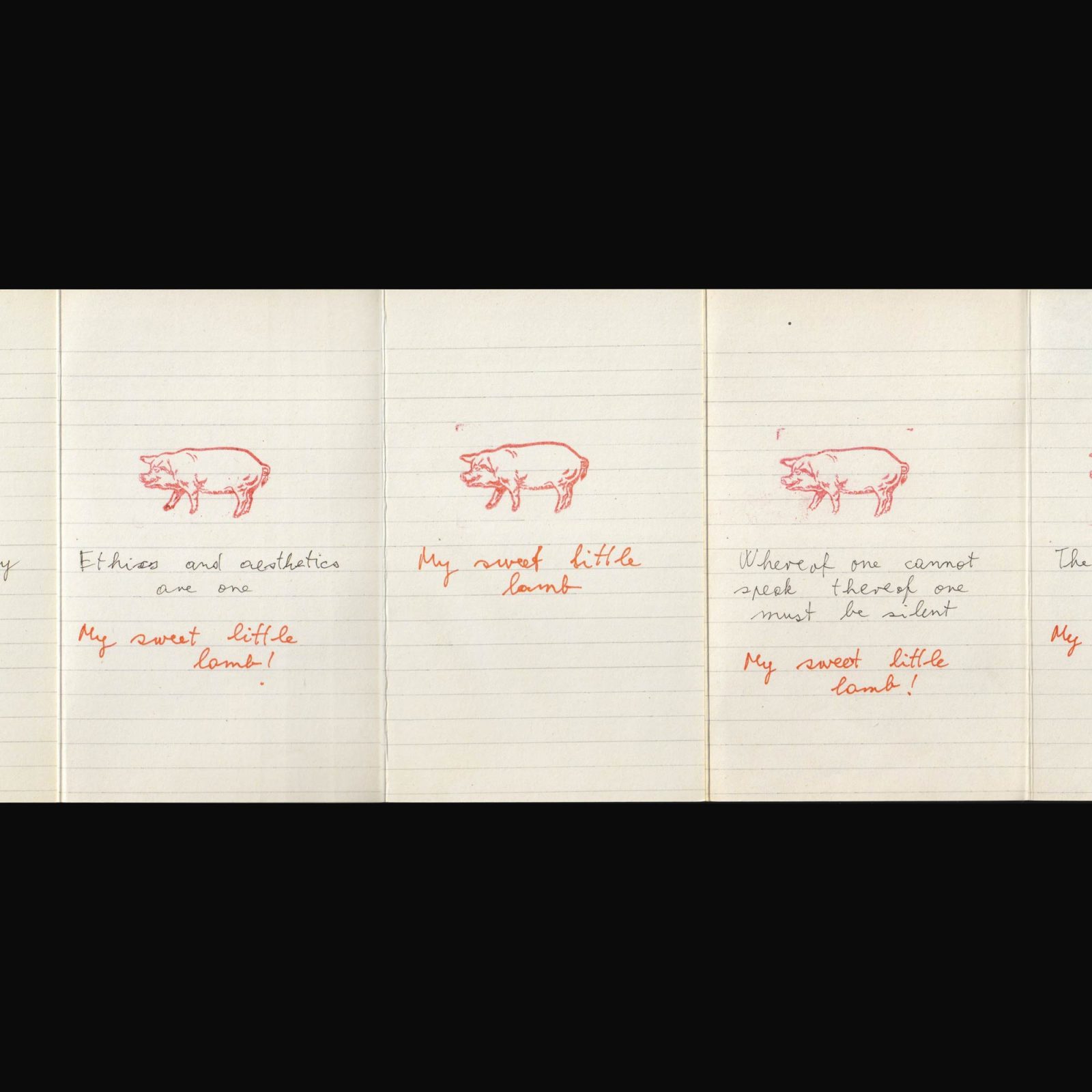
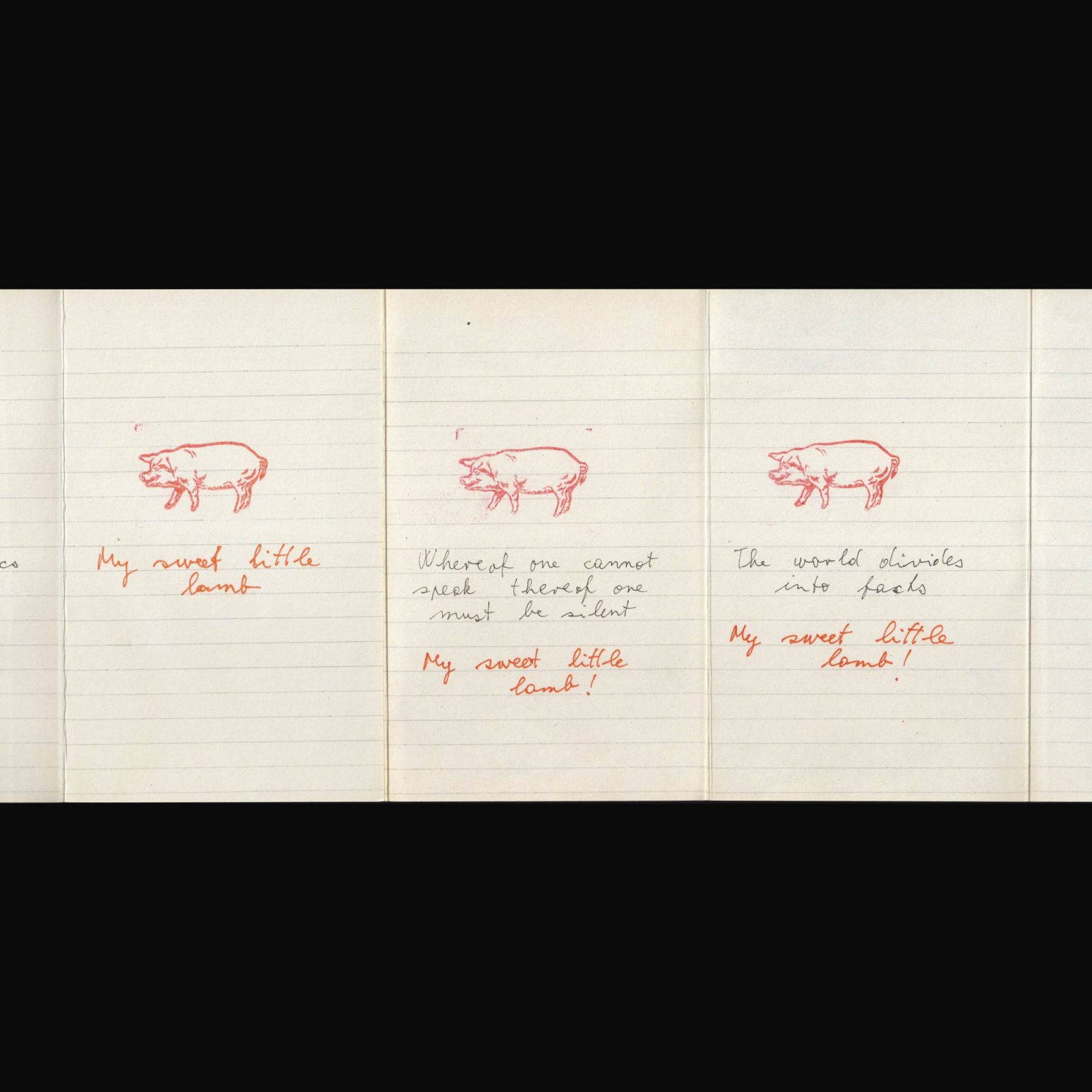
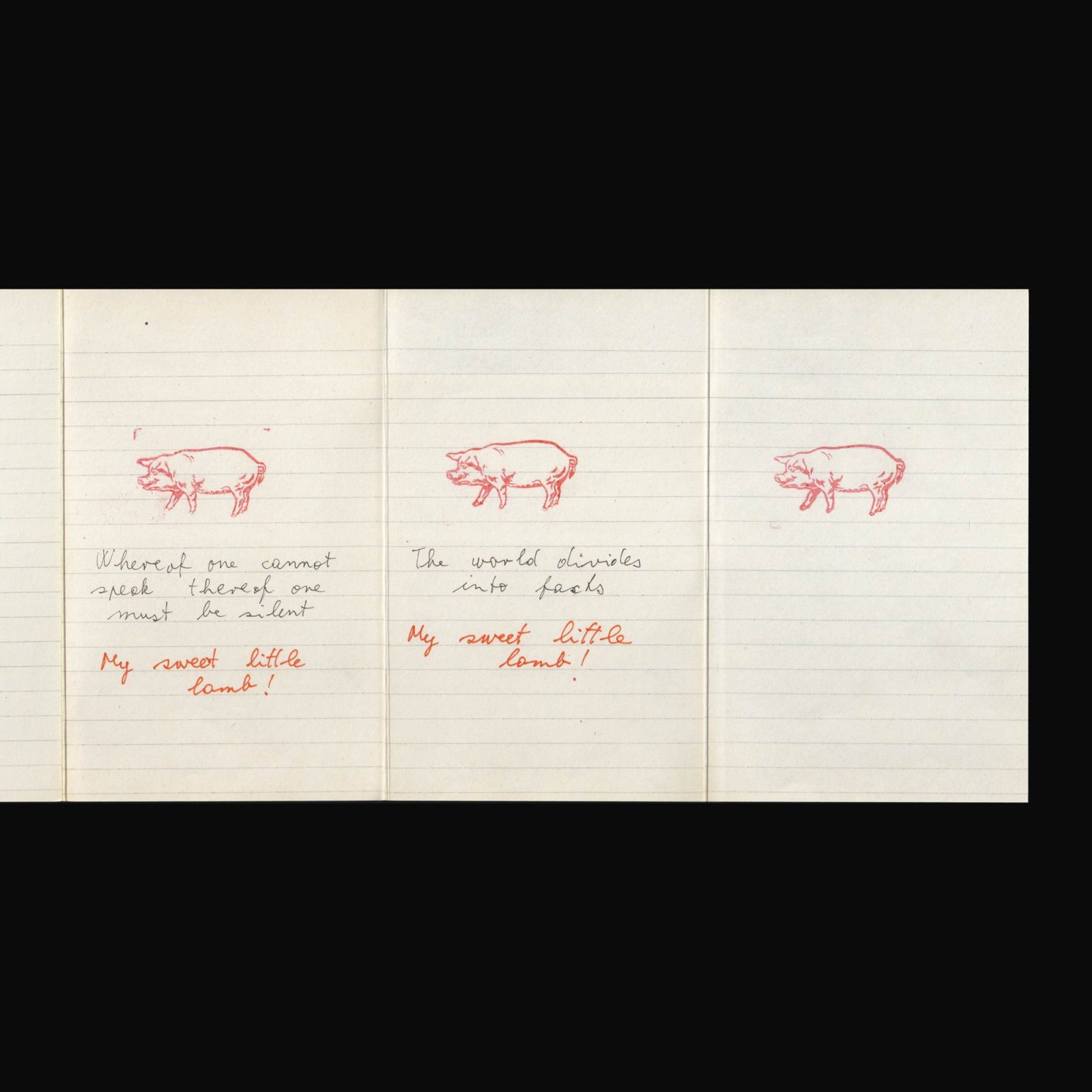
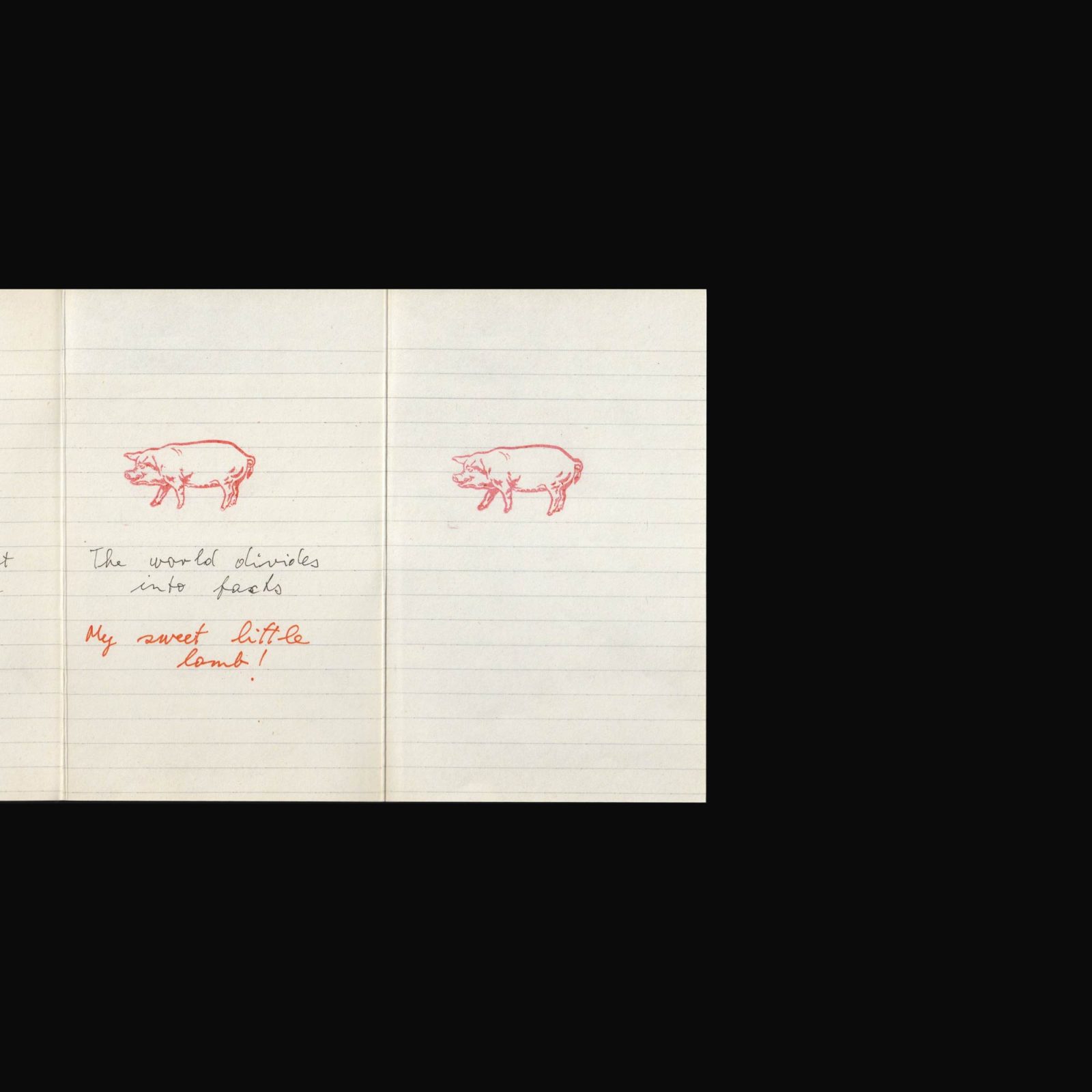
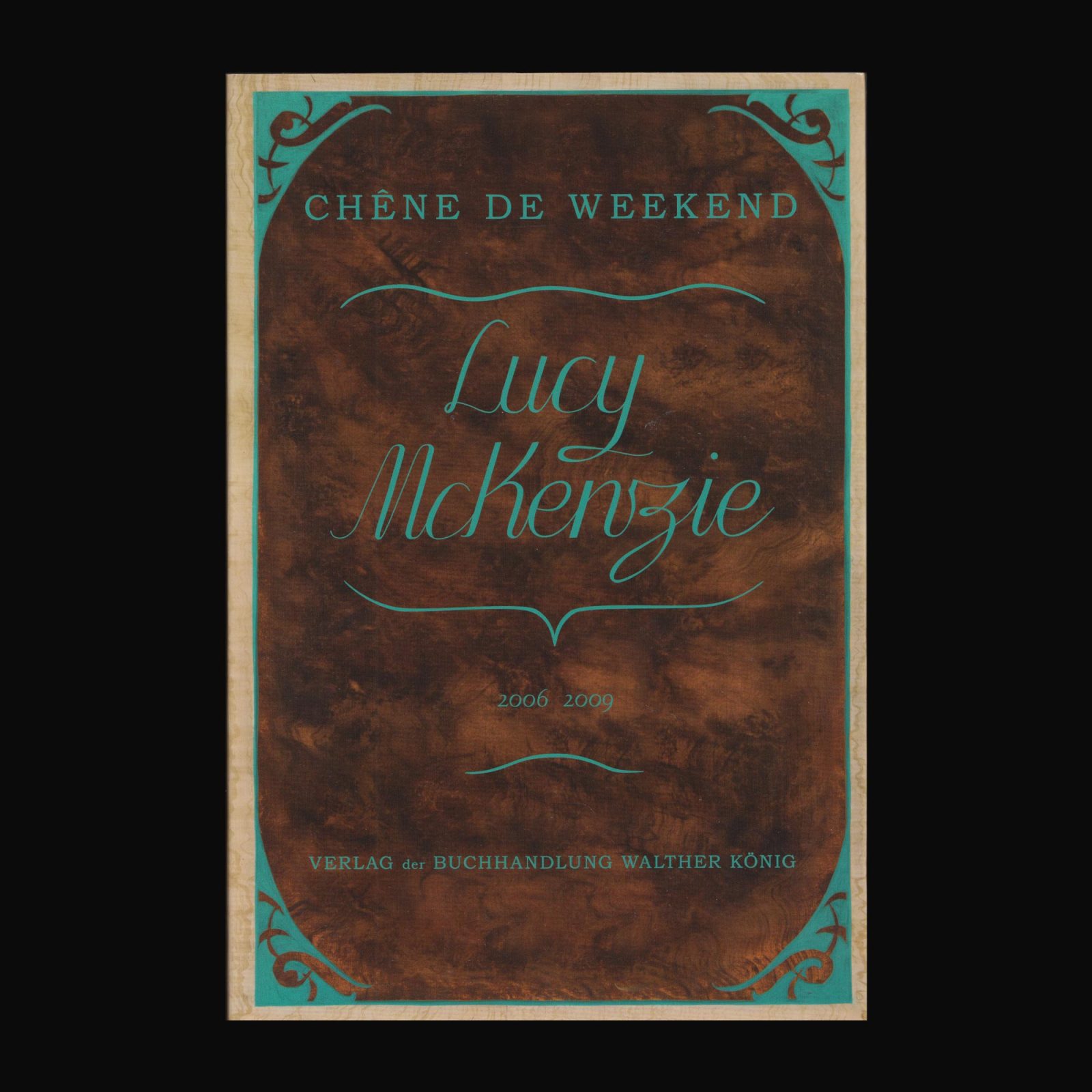
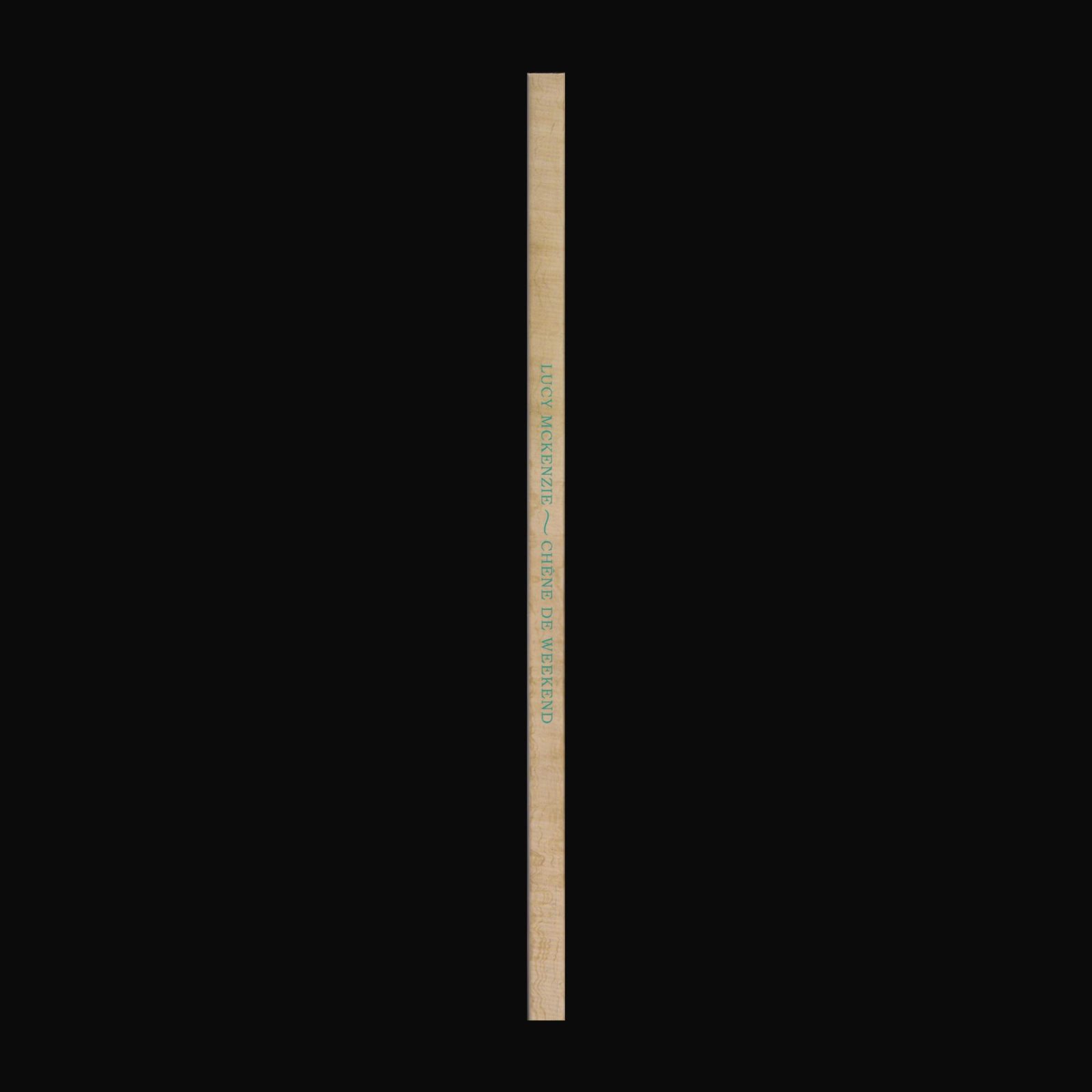
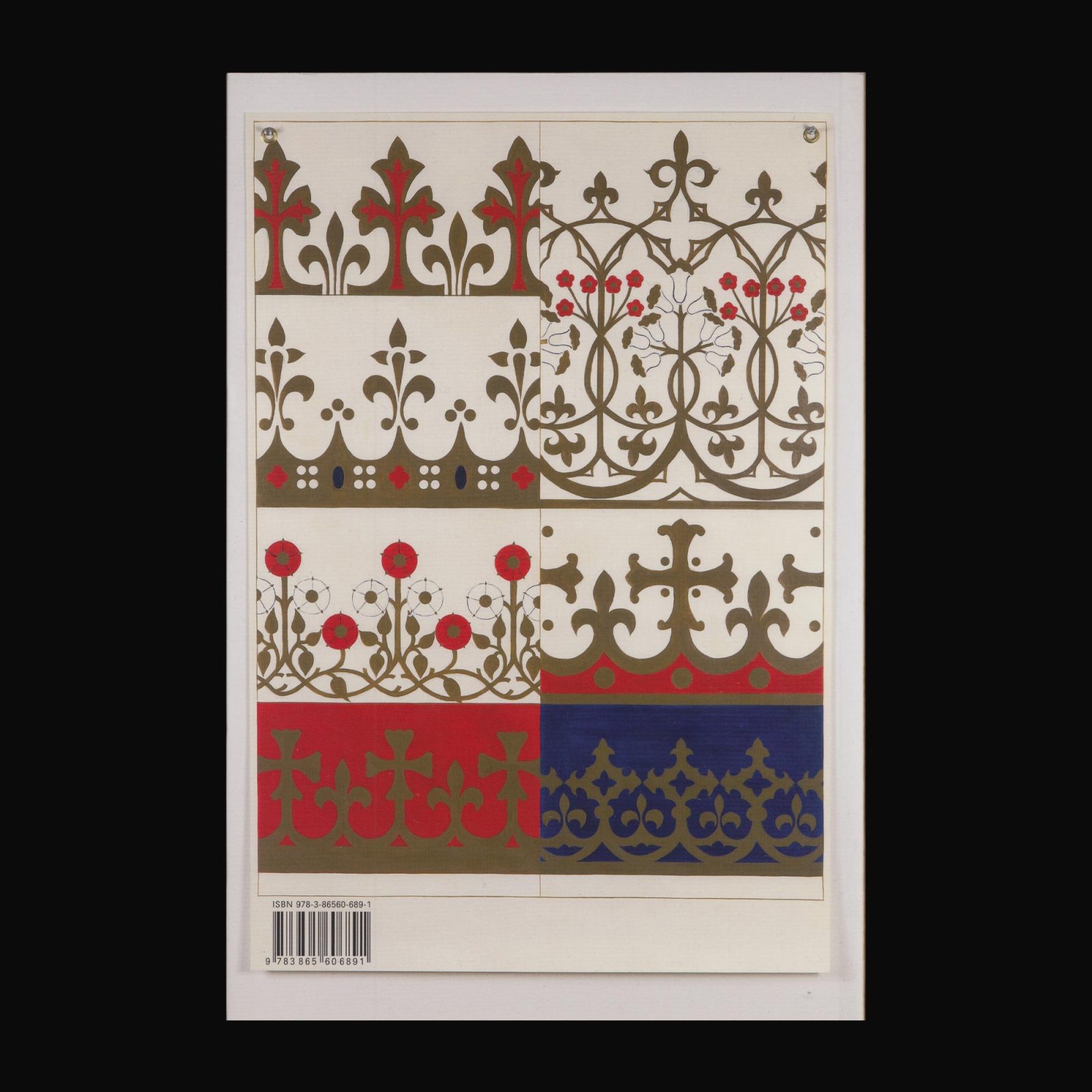
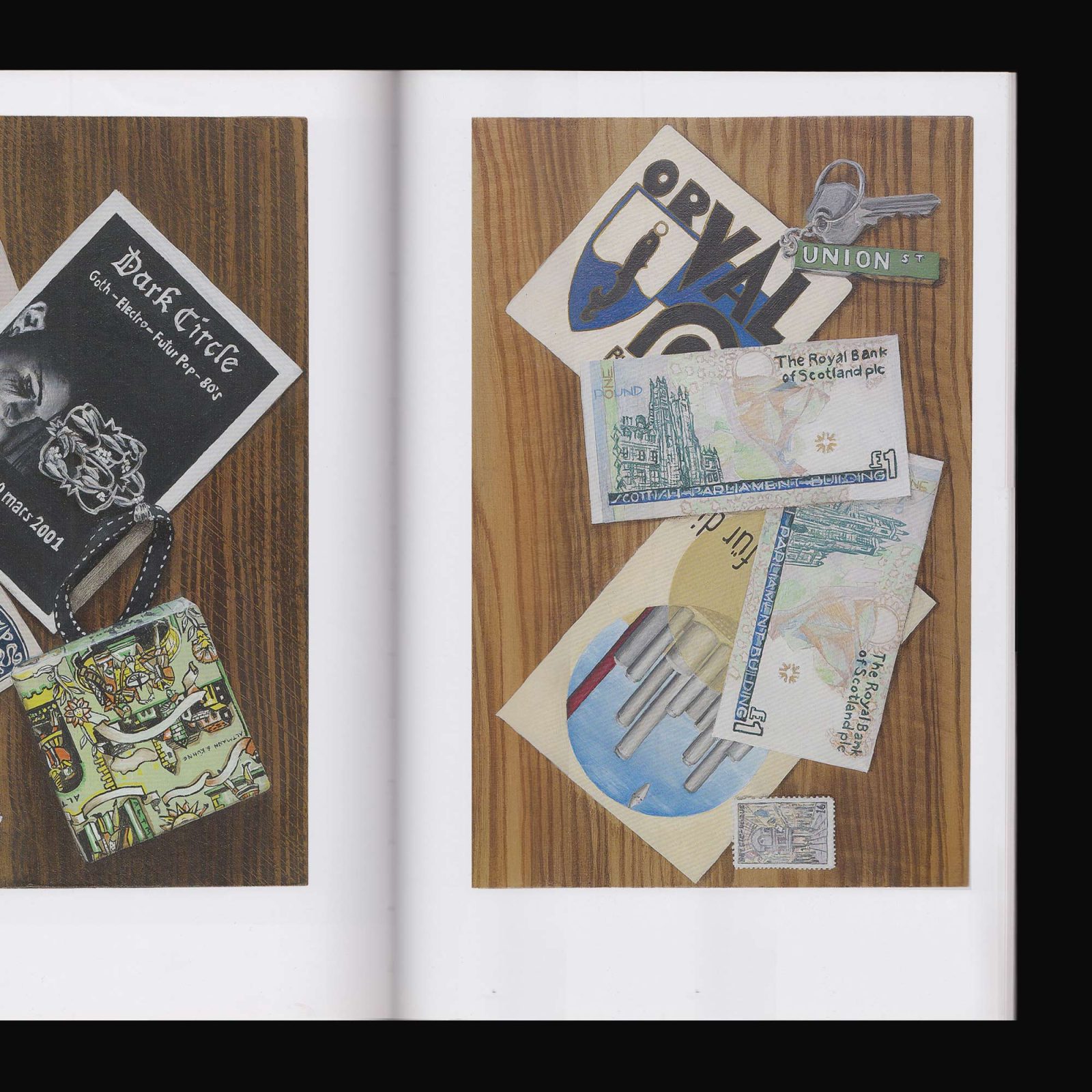
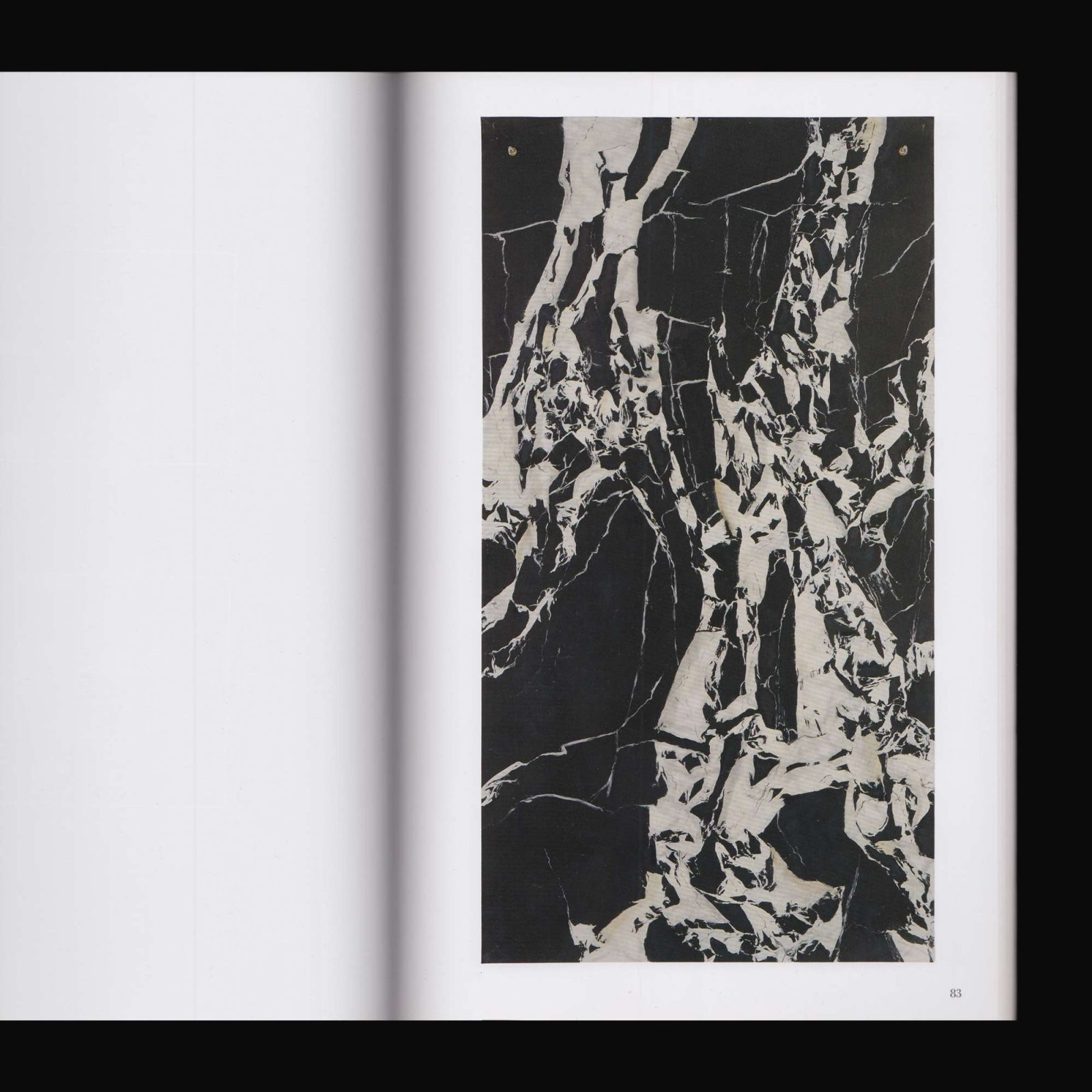
This book by Lucy McKenzie presents her work from a three year period in text and image. Her huge paintings illustrate interiors and reference interior design drafts from the 19th century. In these paintings, which are up to eight metres tall, in this book she explains the motivation behind her complex approach. This is complimented by two more written pieces: a fictional account of her time studying Trompeloeil painting at the Ecole van der Kelen (a traditional painting school in Brussels) and a homage to the fashion designer Beca Lipscombe, one of her collaborators in Atelier EB.
Designed by HIT Studio. Cover design by Torsten Slama.
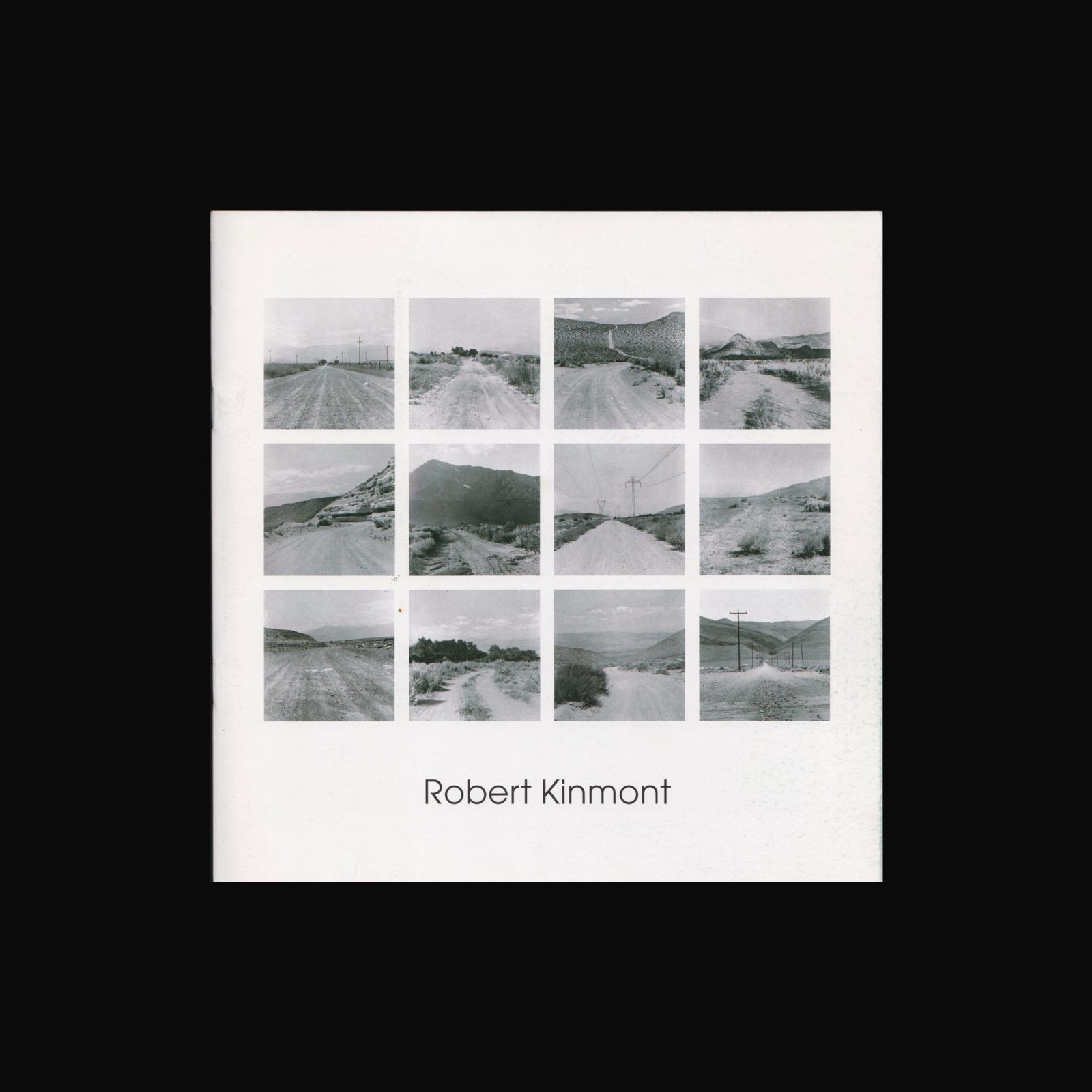
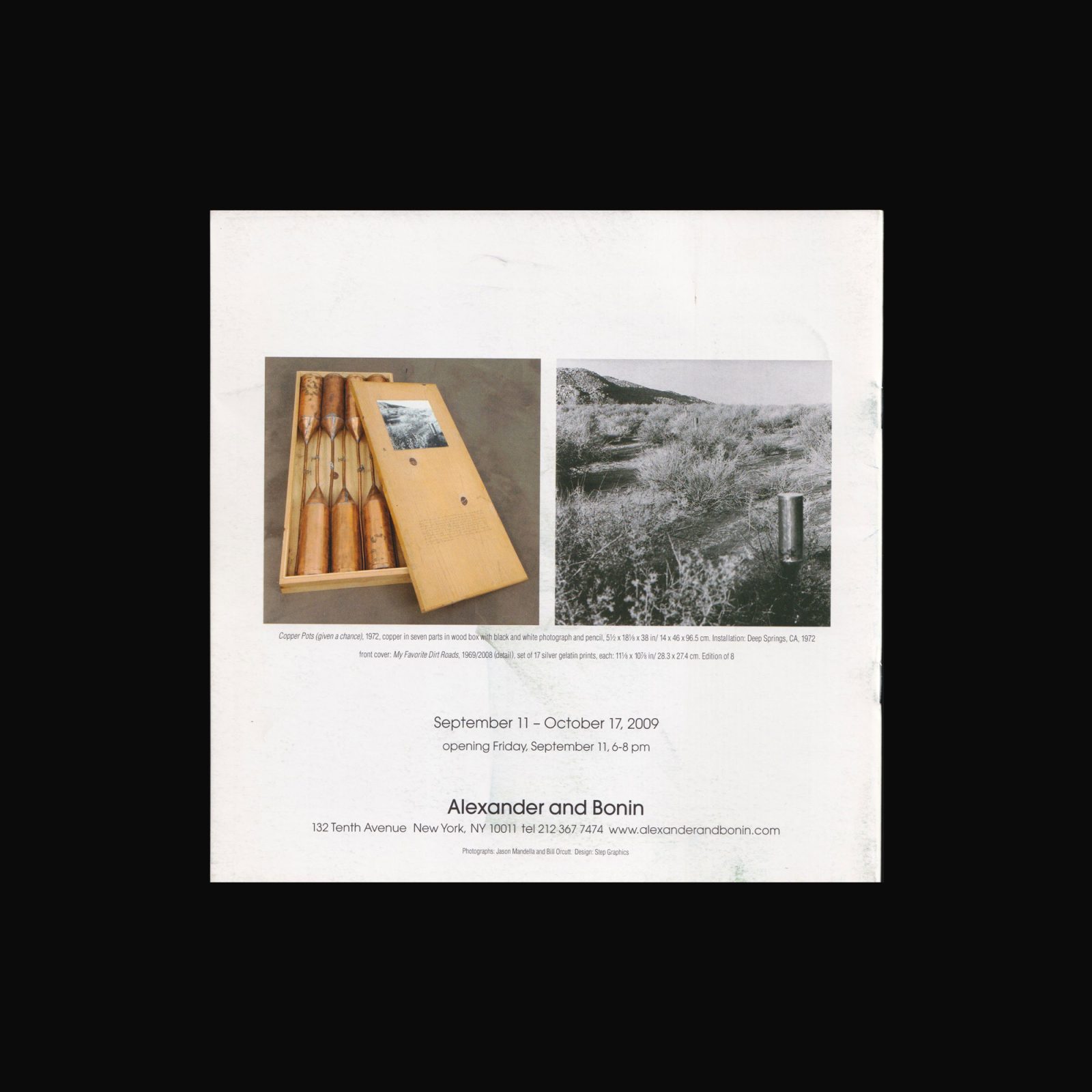
From his early days in the high desert near the small town of Bishop in southern California, Robert Kinmont’s work has been informed by the surrounding landscapes and ecosystems which also provide the foundation to his process.
Utilizing an amateur and handmade approach to both photography and sculpture, Kinmont illustrates the human scale and its relationship to one’s surroundings. Incorporating both irony and humour the works explore the systems and structures that continue to develop within this relationship.
In her essay, Julie Ault observes that “for the artist, the photographs imply the investigation of the distinct mental operations of applying a standard selection criteria to different objects, which required him to ‘re-set time,’ and to ‘think about that structural / functional criteria of our brain.’”—Exhibition Press release, 2009
*Please note this publication is secondhand and has some traces of previous ownership.
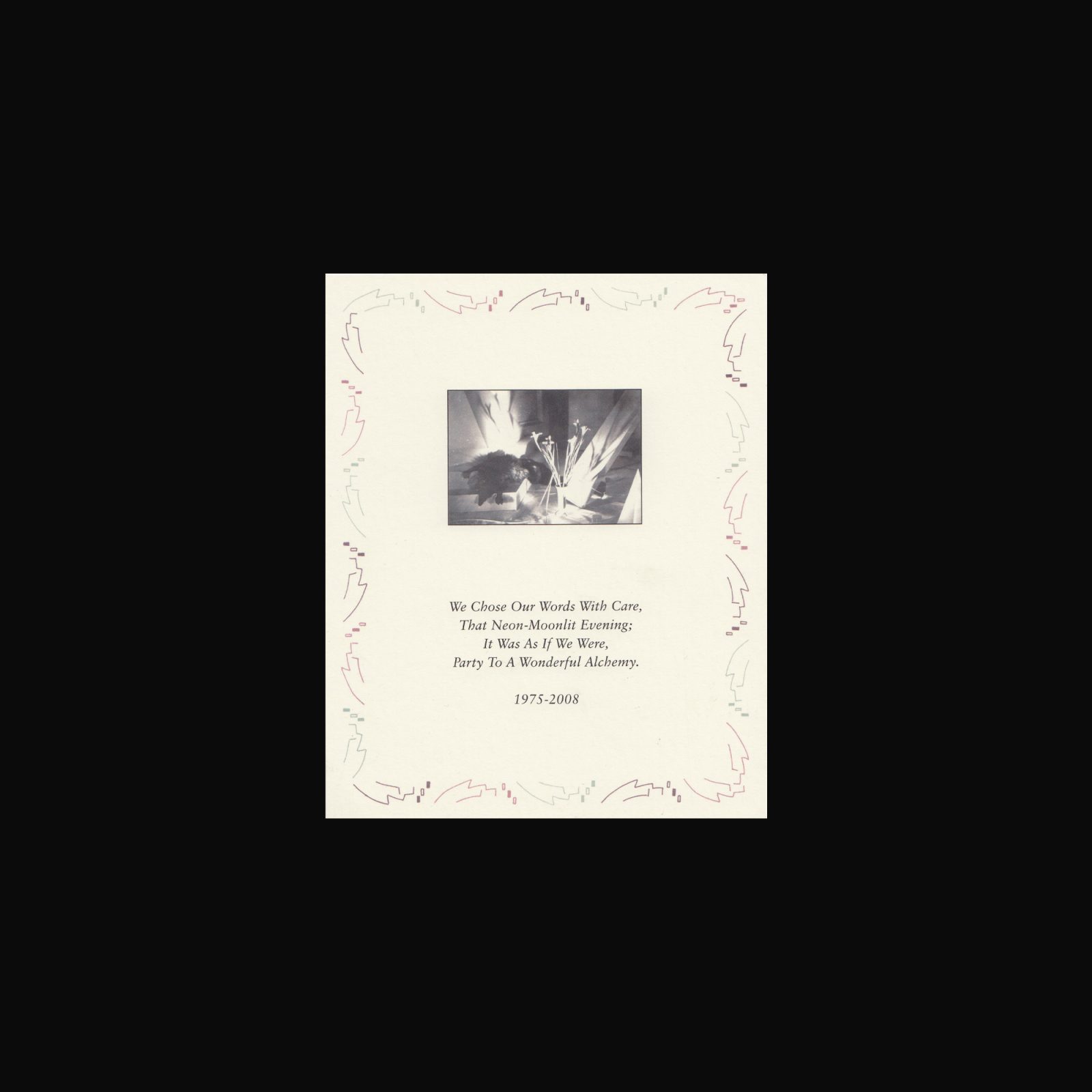
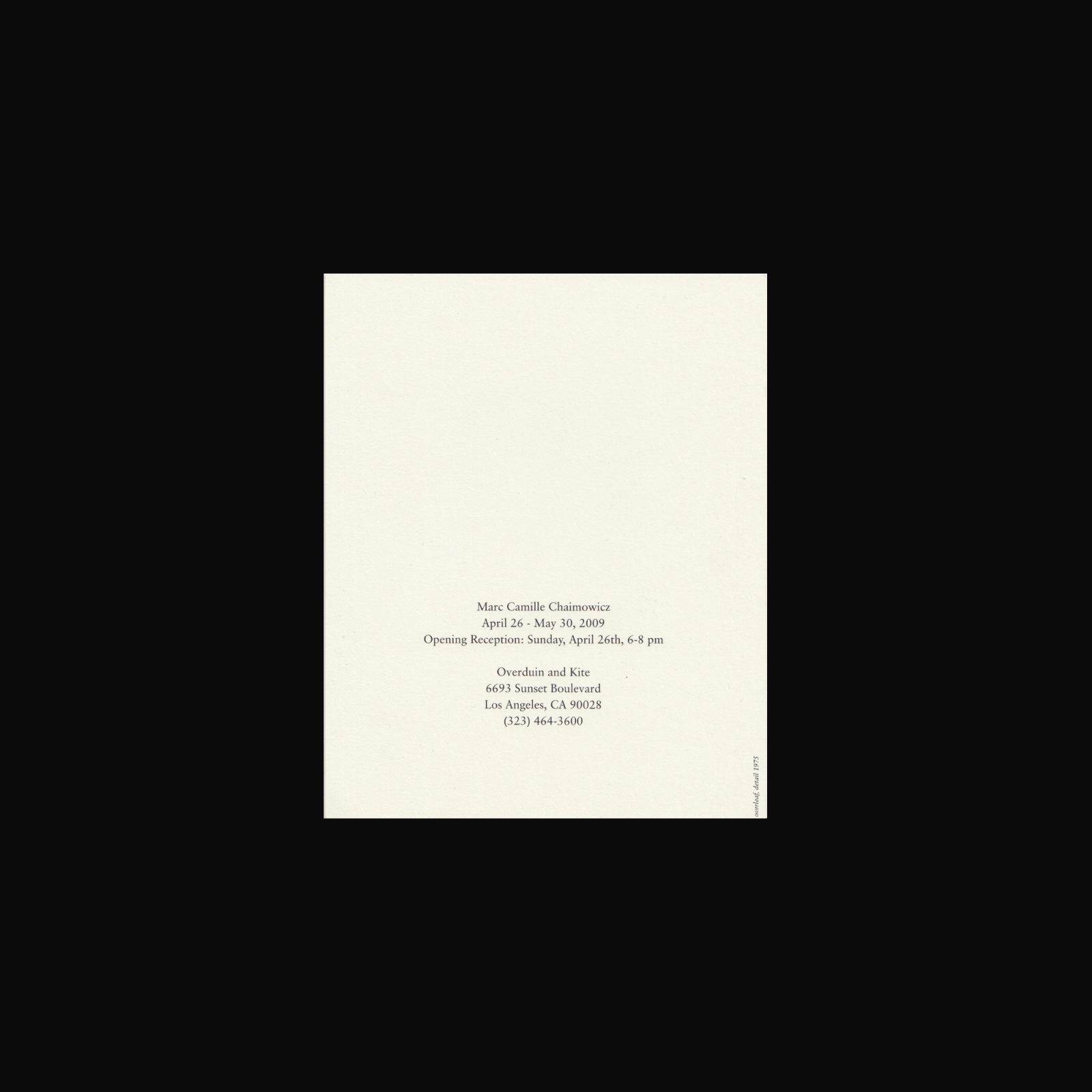
Produced on the occasion of the exhibition Marc Camille Chaimowicz at Overduin and Kite, Los Angeles, 26 April–30 May, 2009.
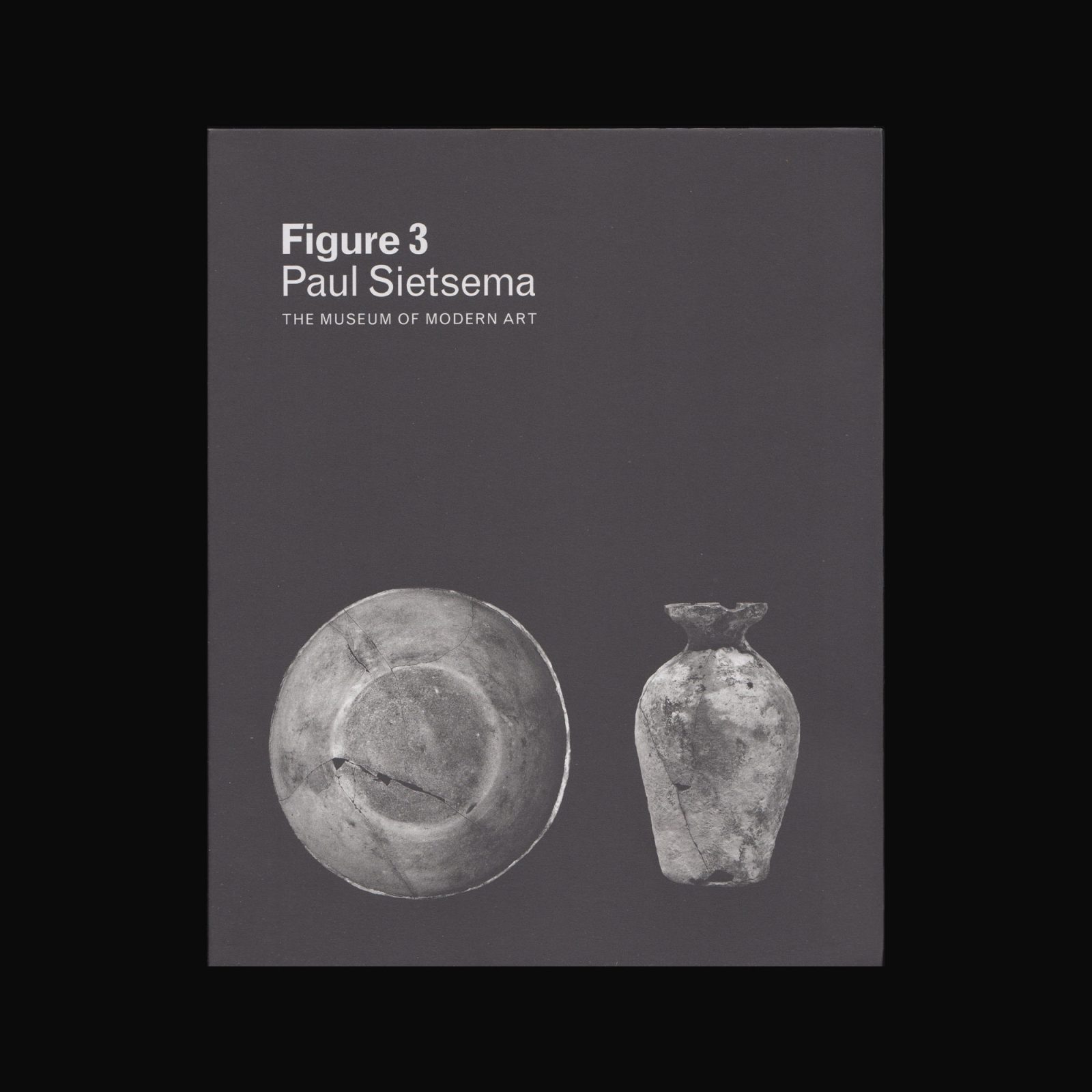
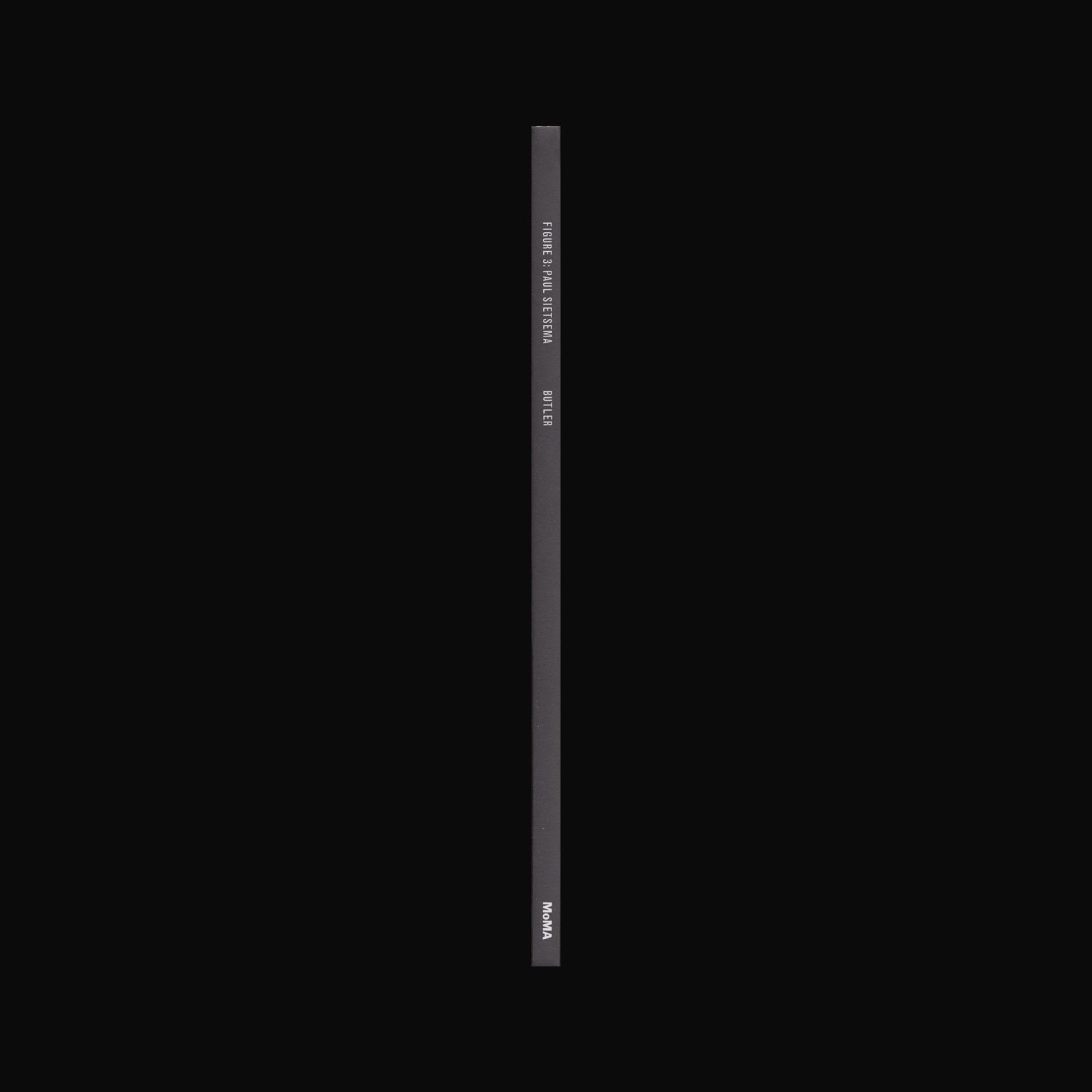
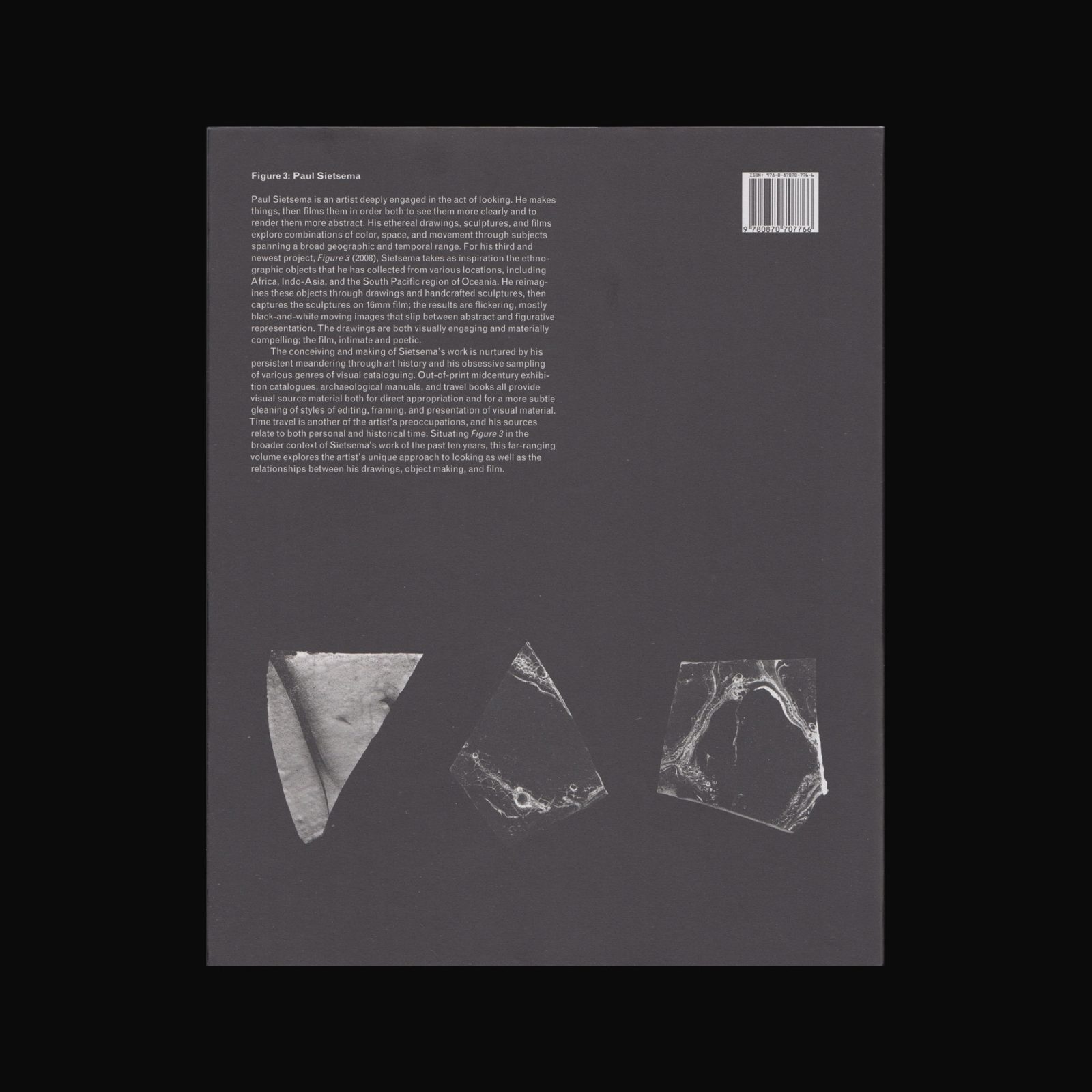
Paul Sietsema is an artist deeply engaged in the act of looking. For his third and newest project, Figure 3 (2008), Sietsema takes as inspiration the ethnographic objects that he has collected from various locations, including Africa, Indo-Asia, and the South Pacific region of Oceania. Situating Figure 3 in the broader context of Sietsema’s work of the past ten years, this far-ranging volume explores the artist’s unique approach to looking as well as the relationships among his drawings, object-making, and film. With an essay by Cornelia Butler and interview by Bruce Hainley.
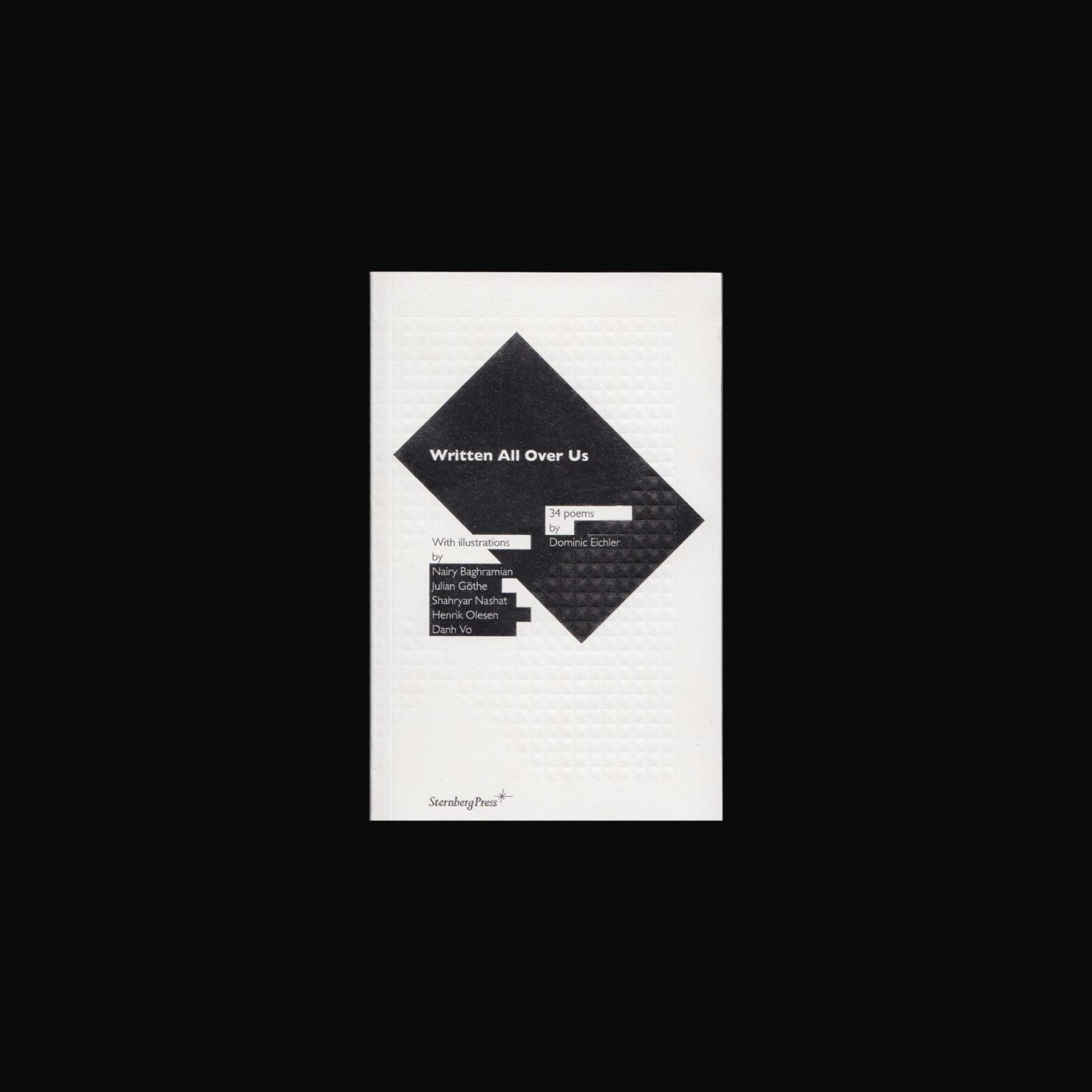
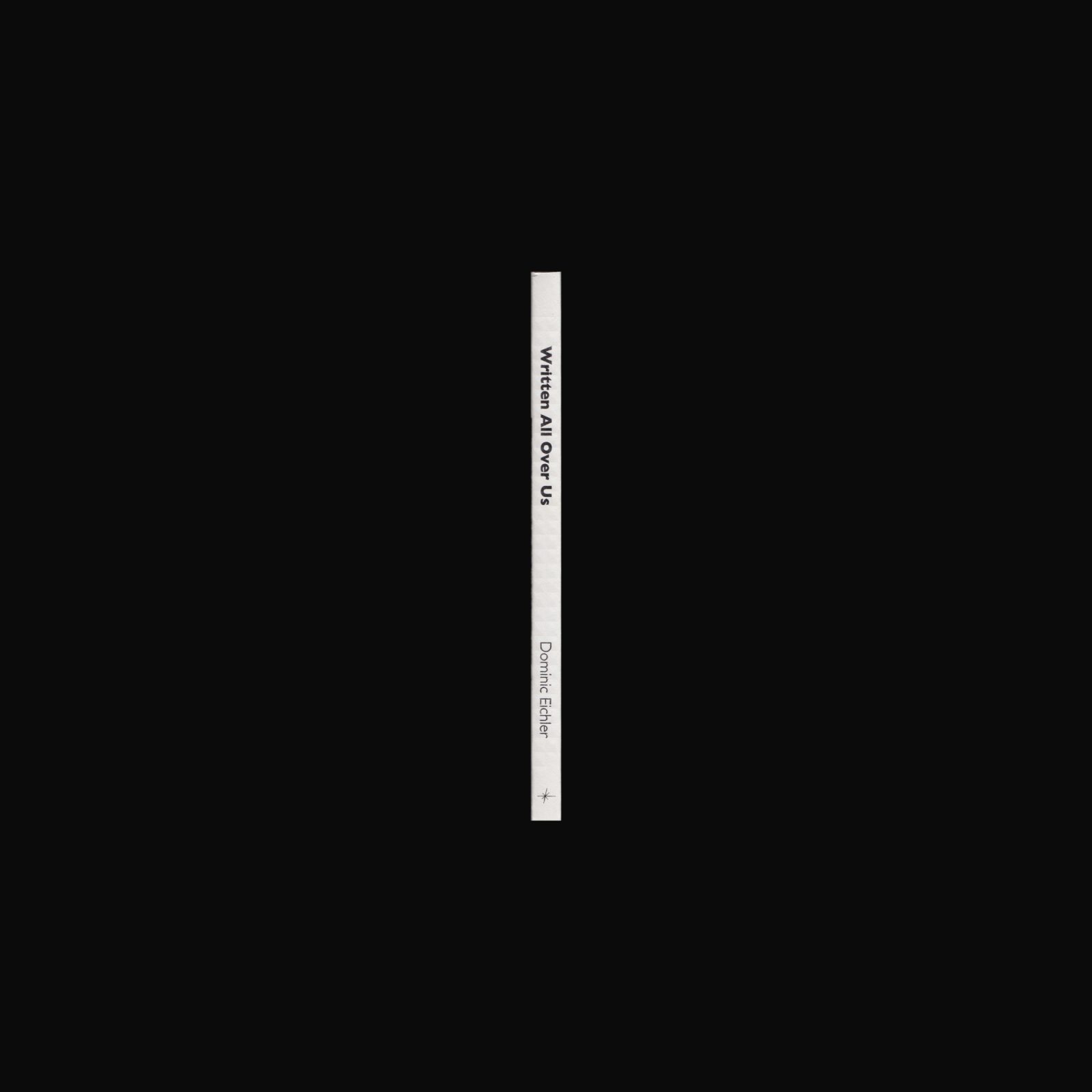
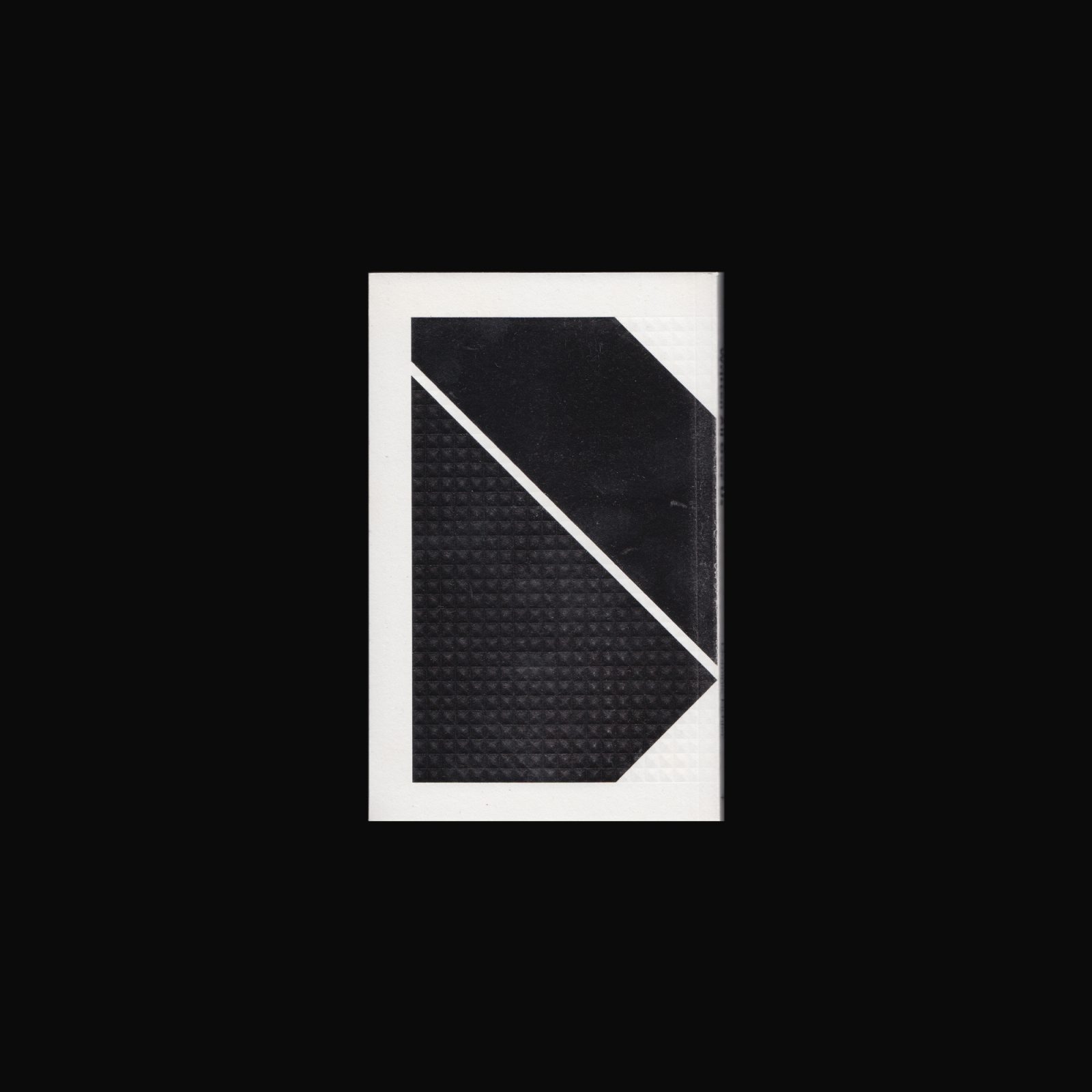
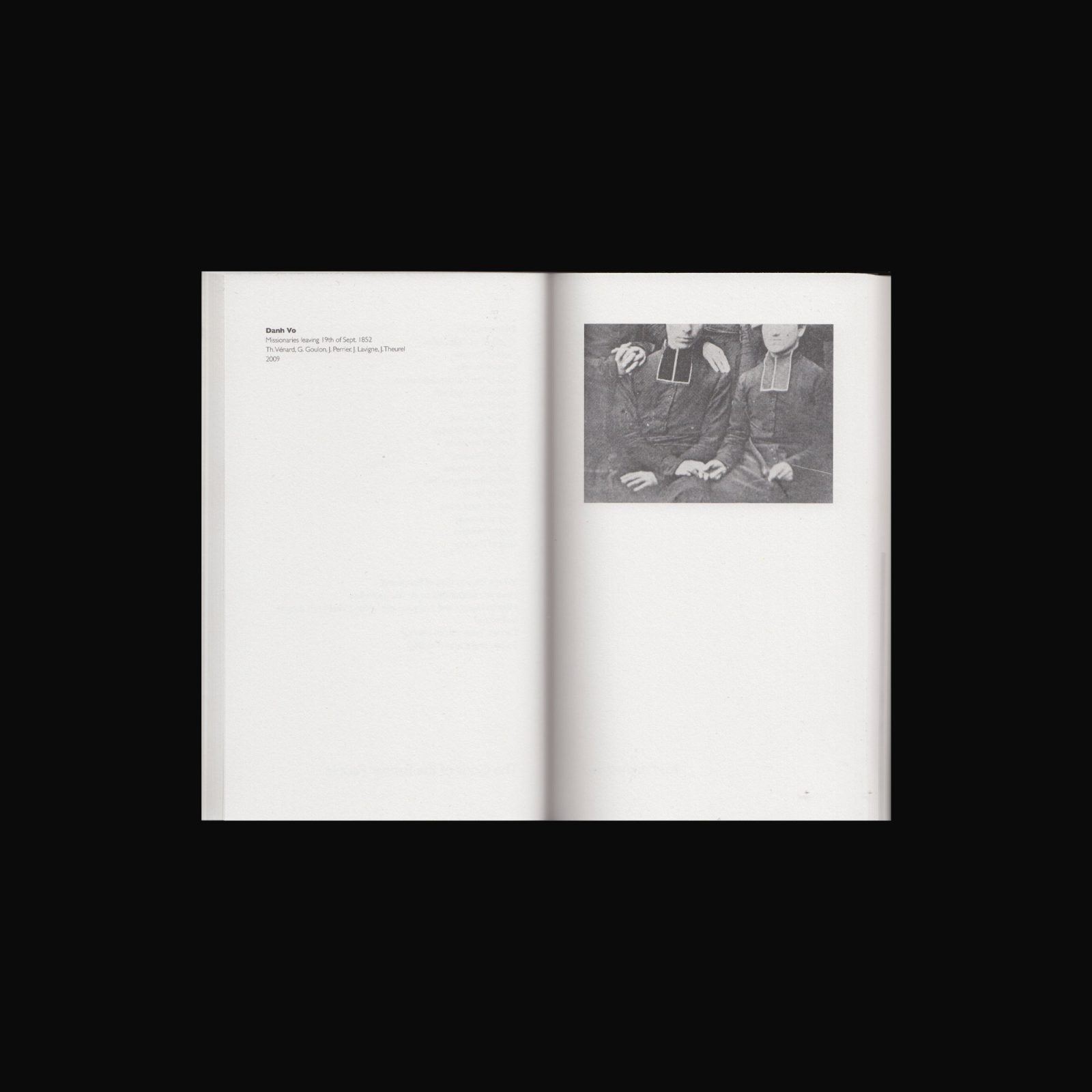
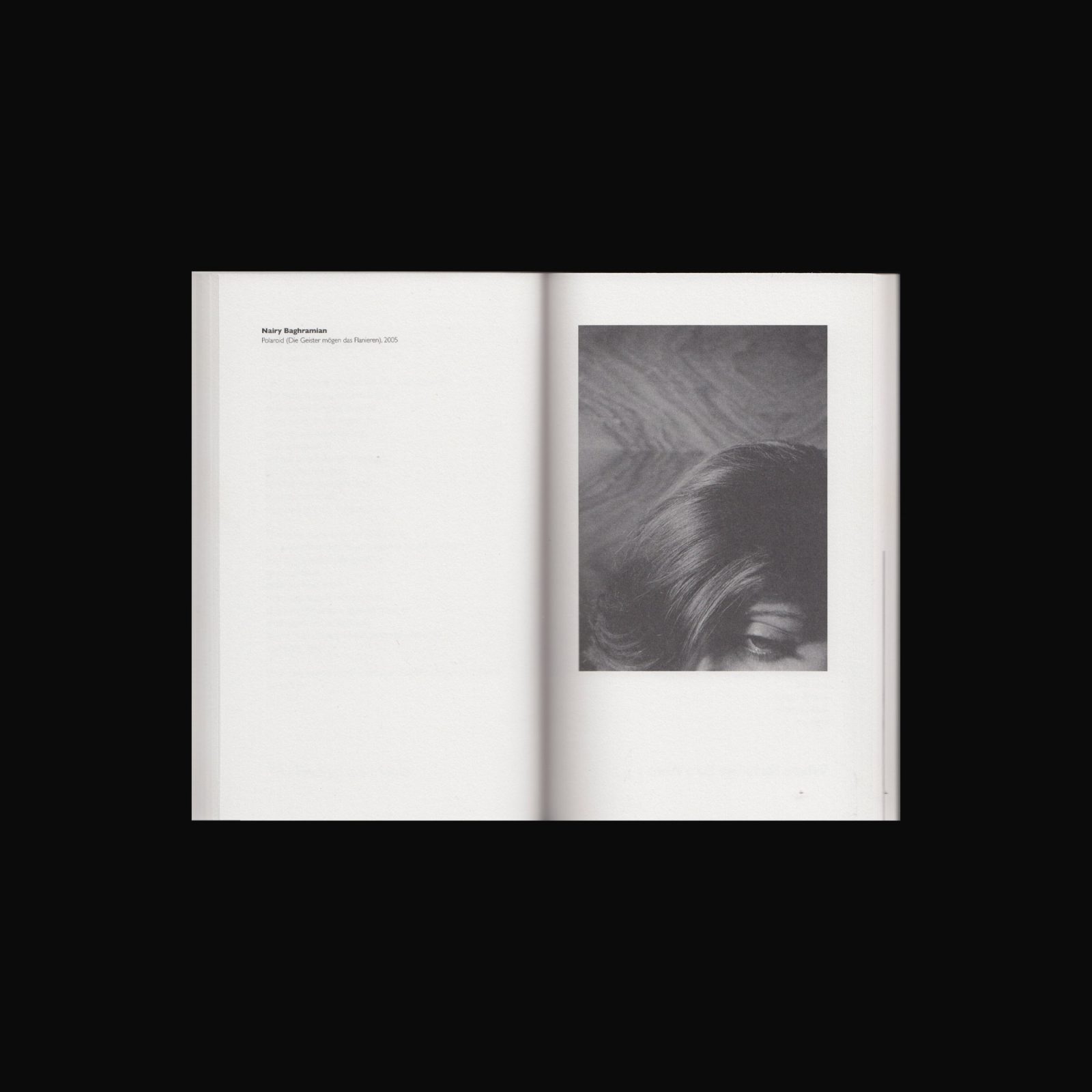
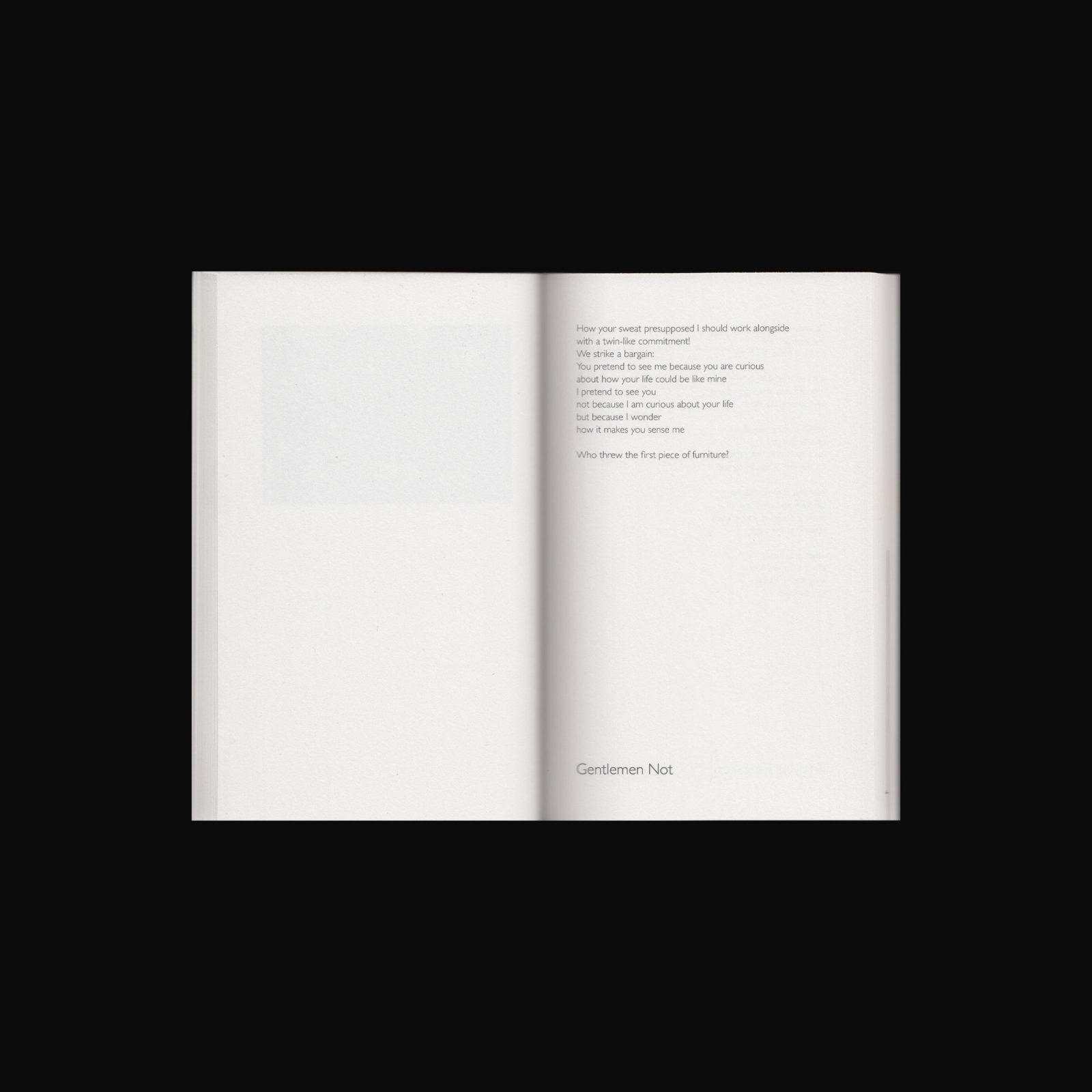
With illustrations by Nairy Baghramian, Julian Göthe, Shahryar Nashat, Henrik Olesen, Danh Vo.
Dominic Eichler (born 1966 in Ballarat, Australia, lives and works in Berlin) is an art critic, artist, musician, curator, and co-founder of the contemporary art space Silberkuppe. He is also a contributing editor of Frieze. In 2005 he was awarded the AdKV Prize for Art Criticism. In 1999 he co-founded the pop band Dominique, which has released three albums.